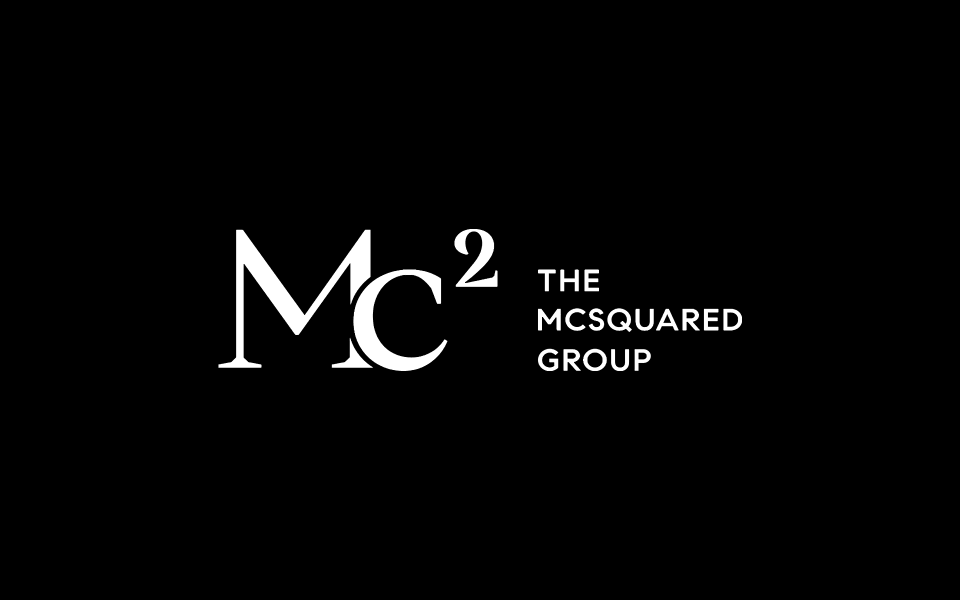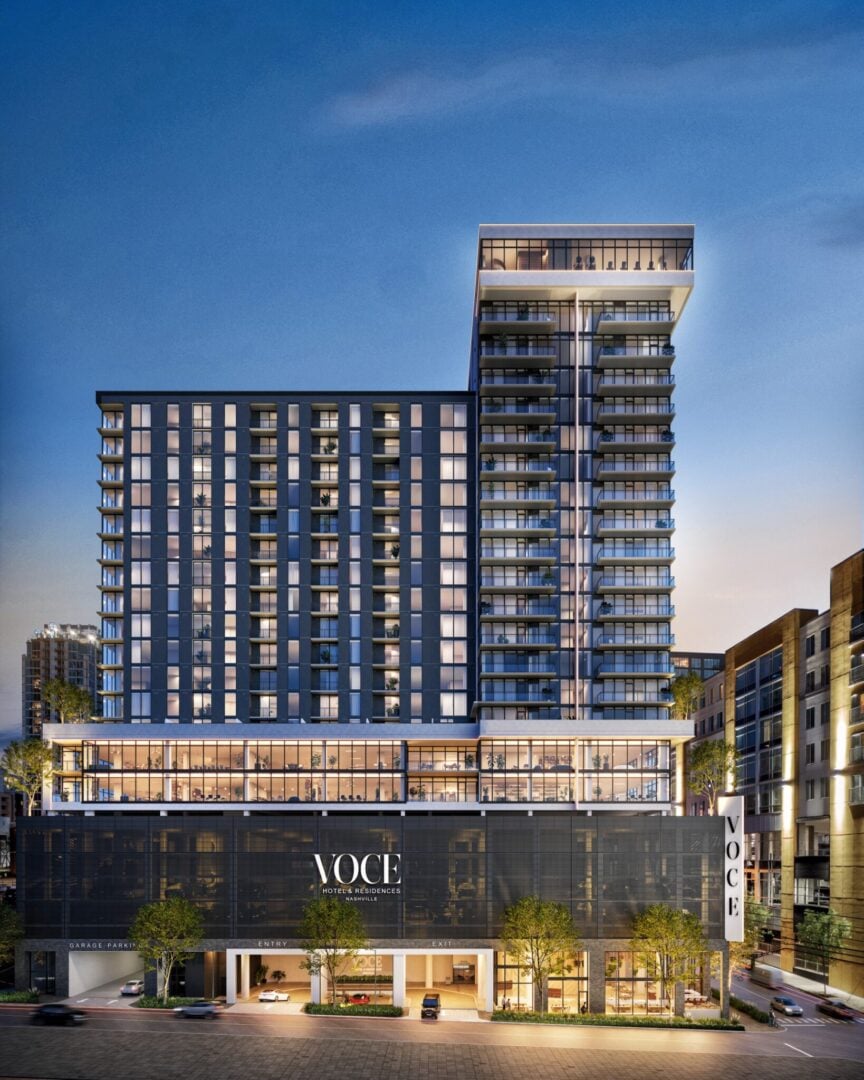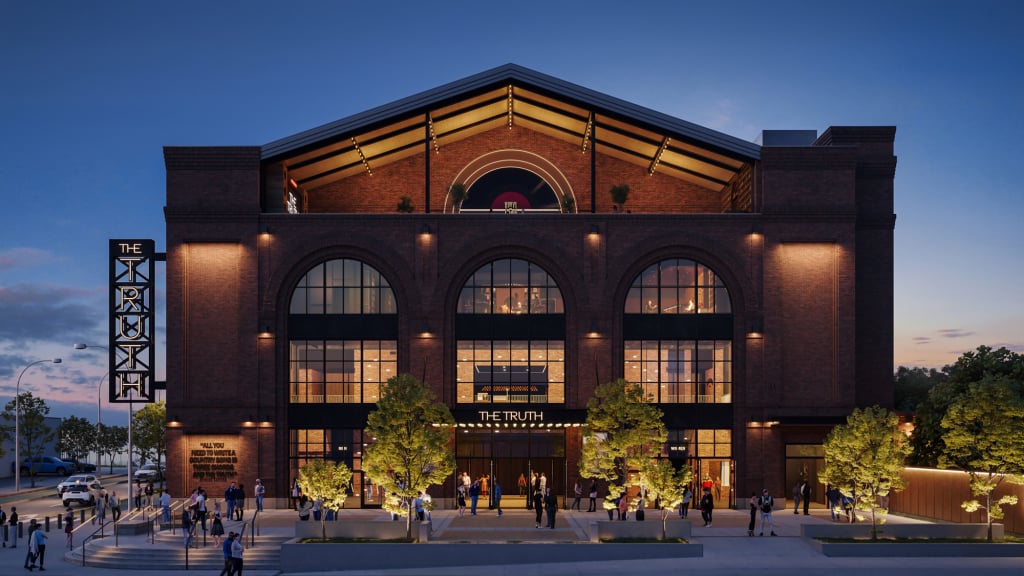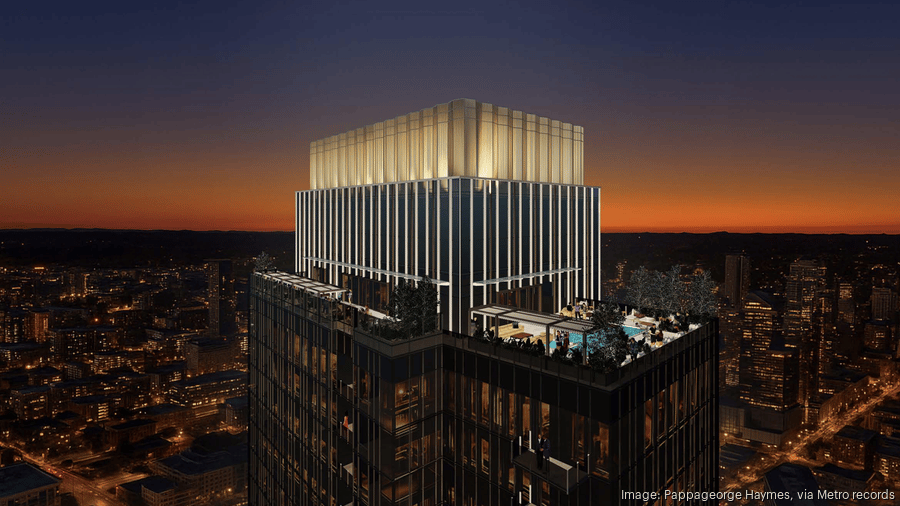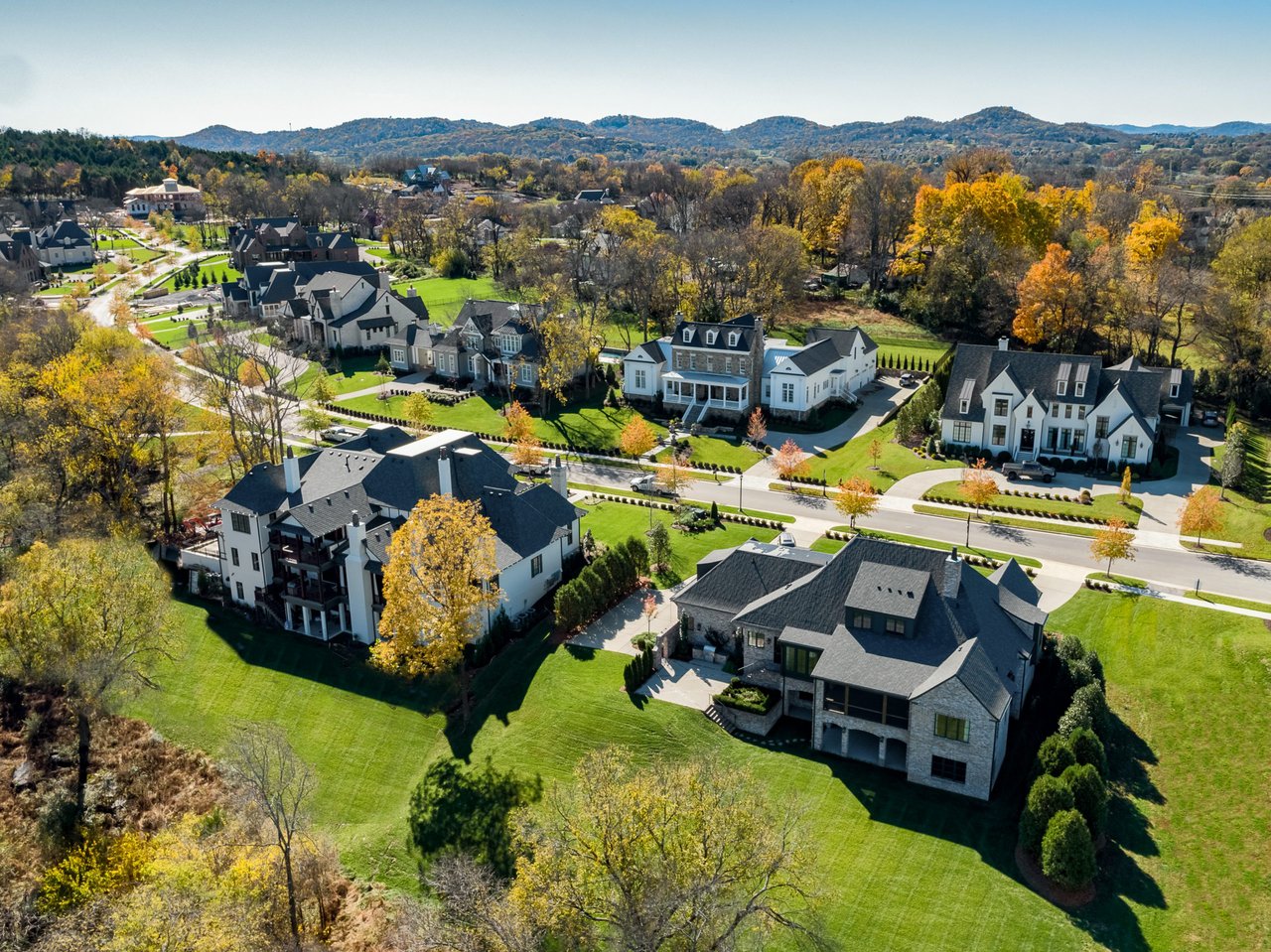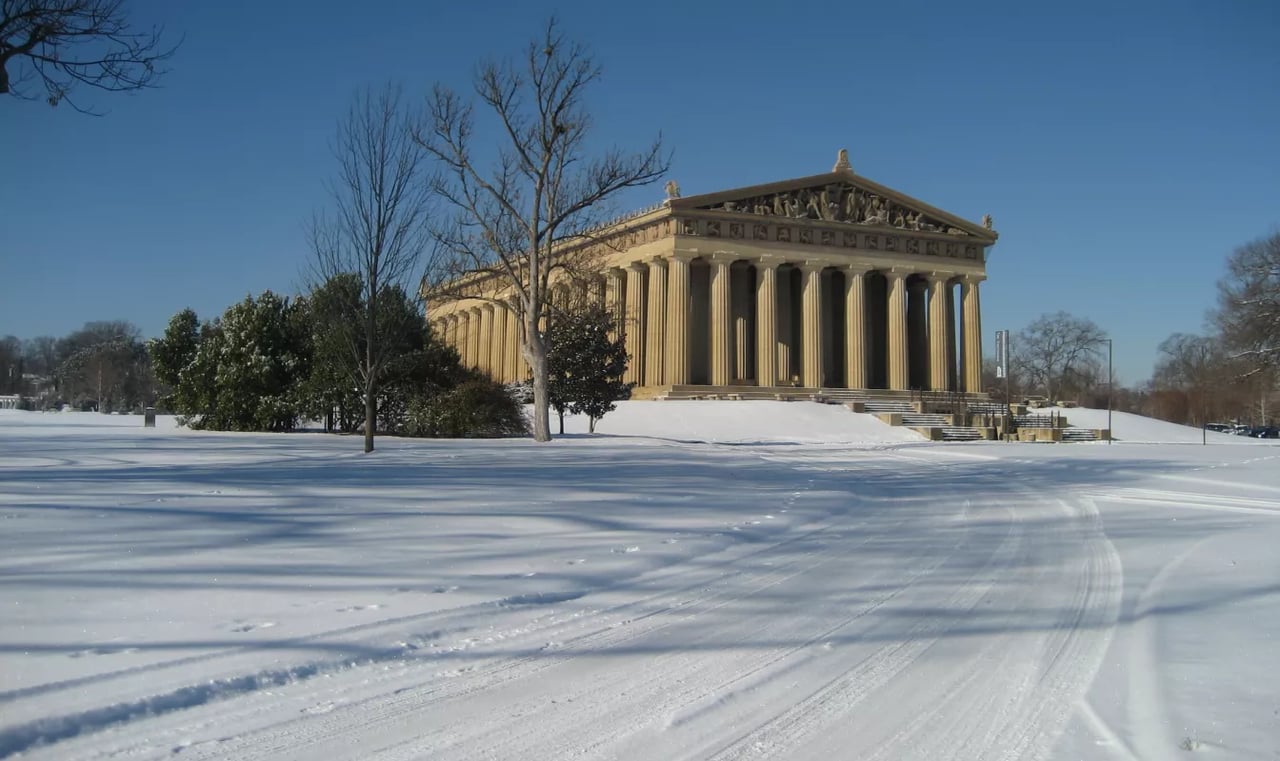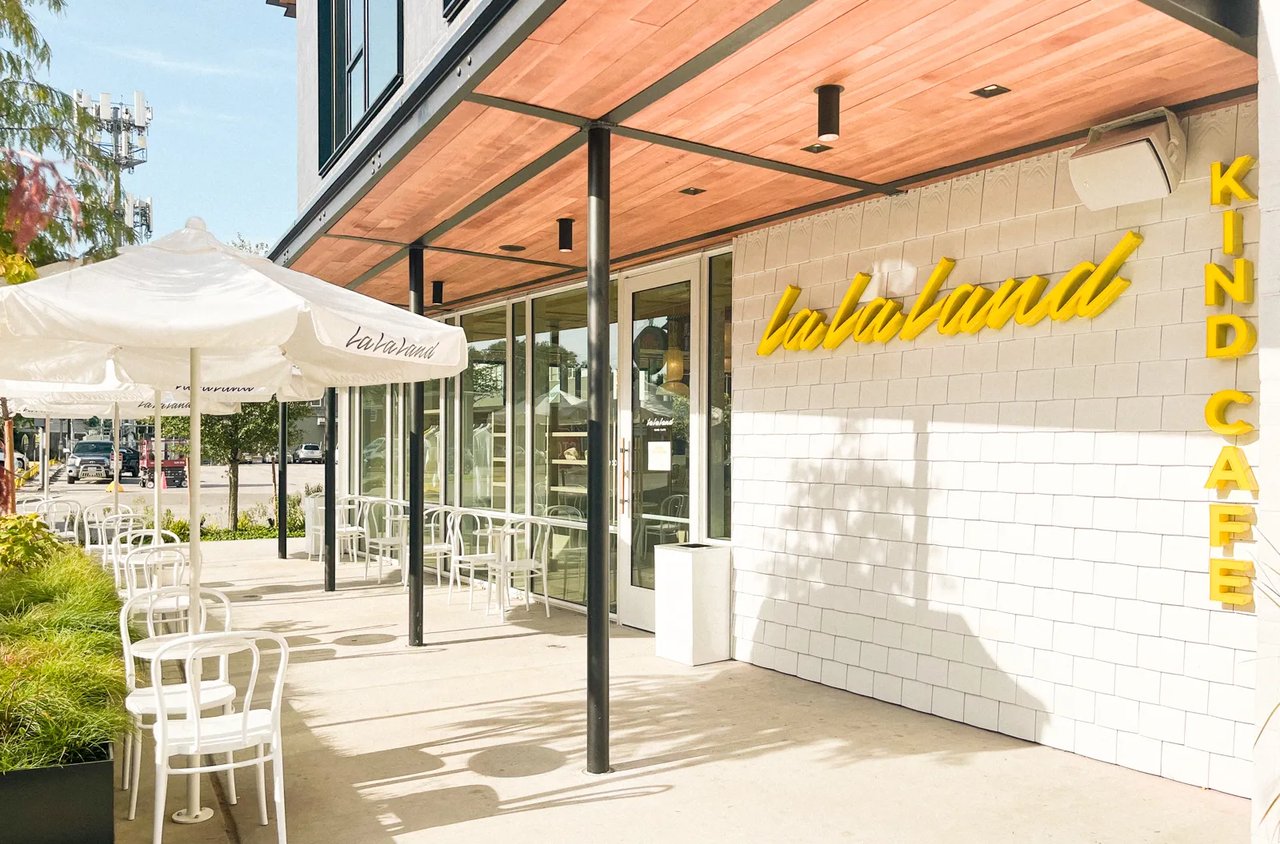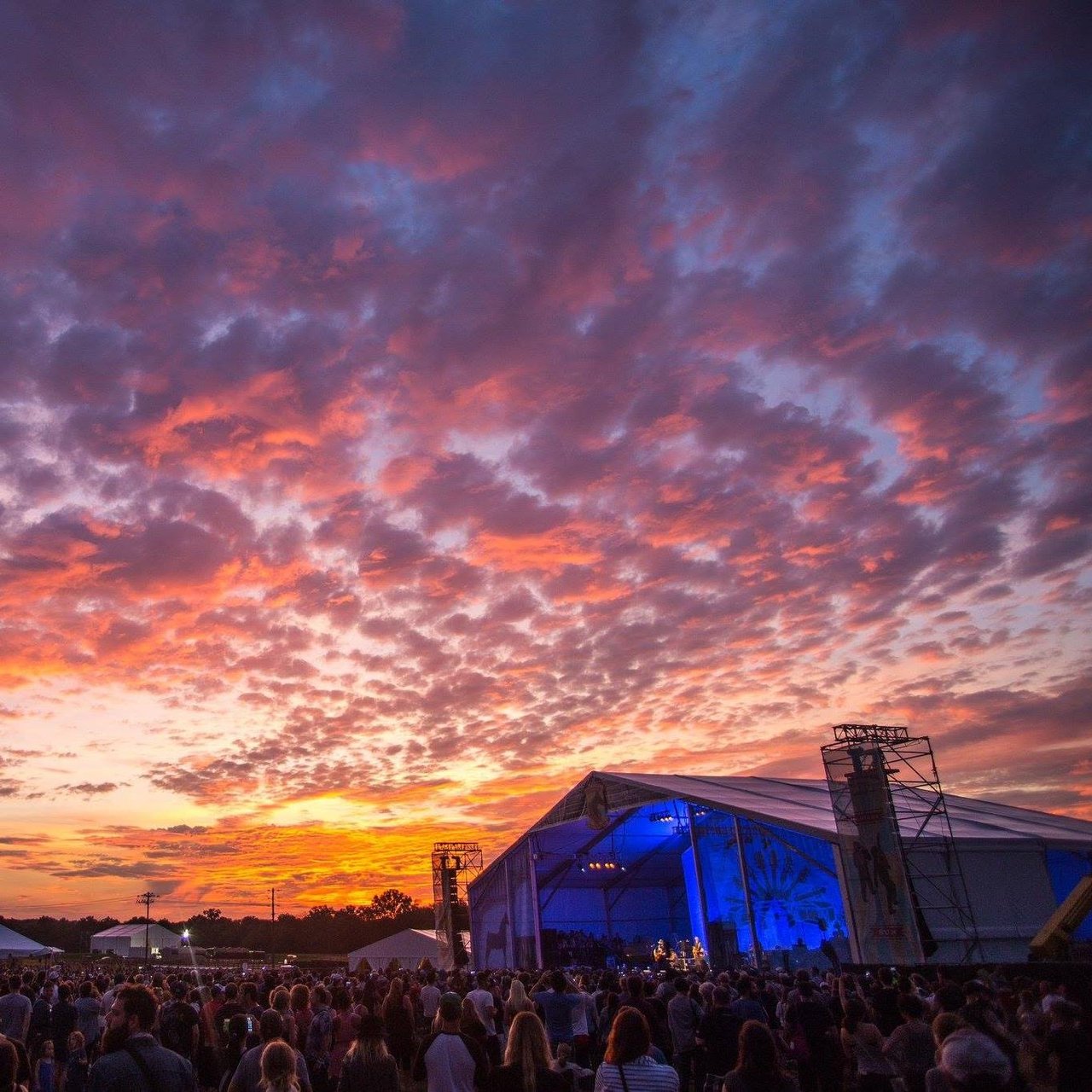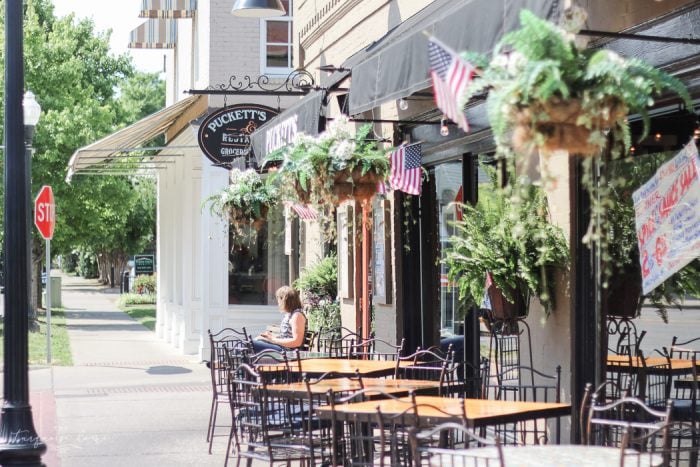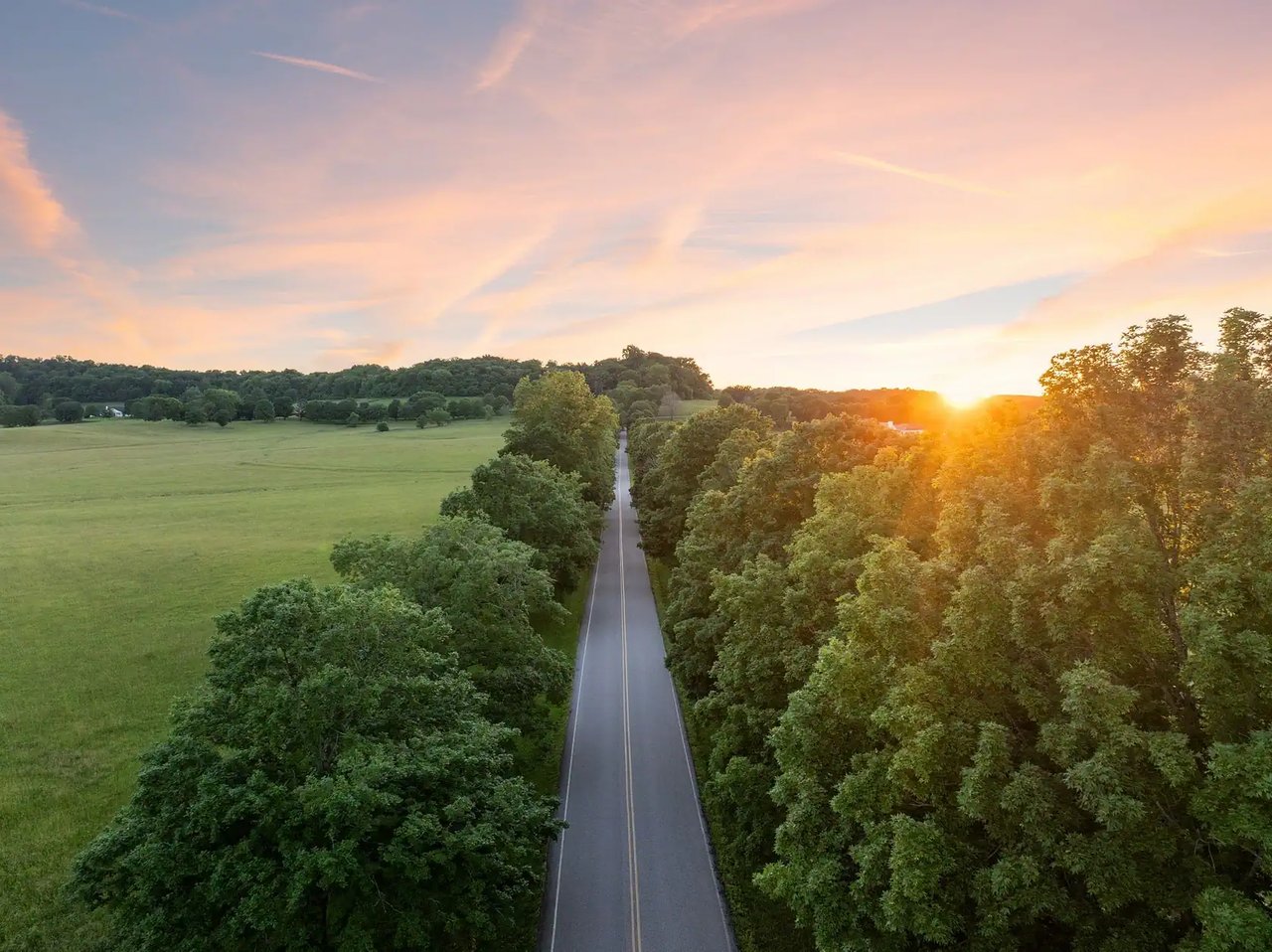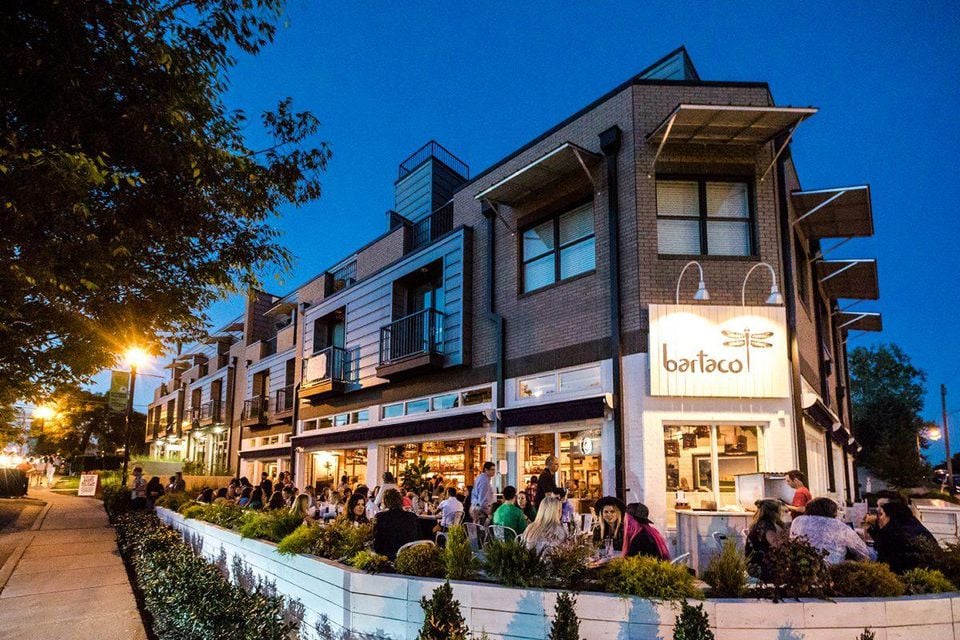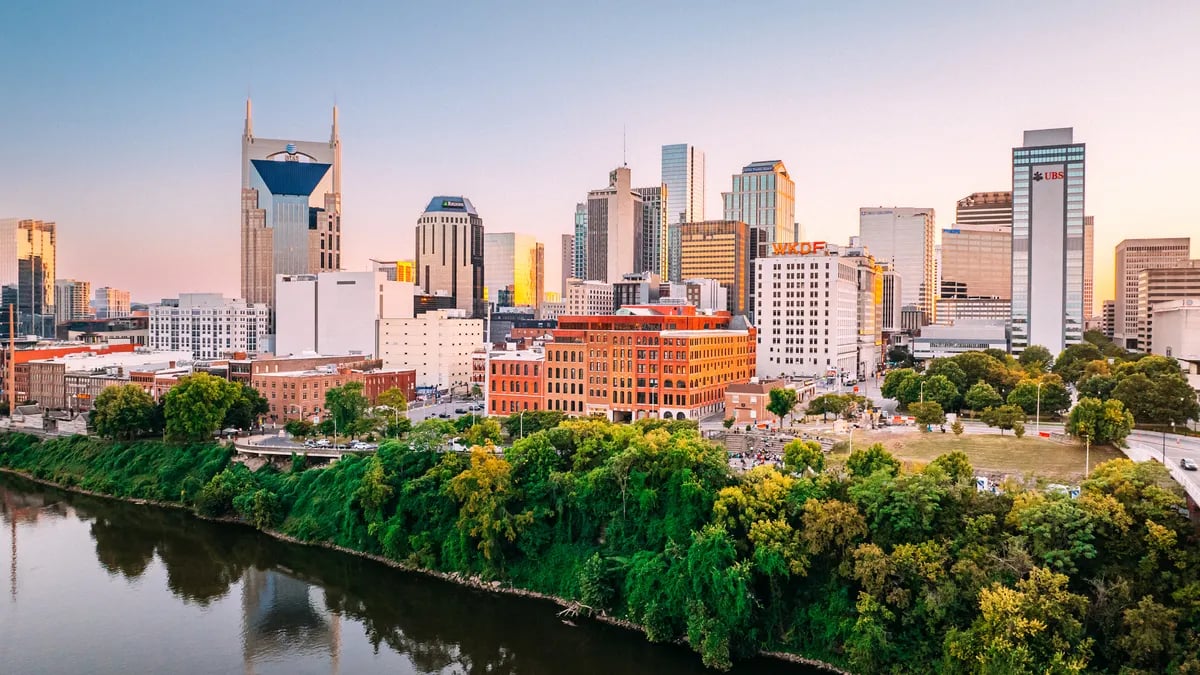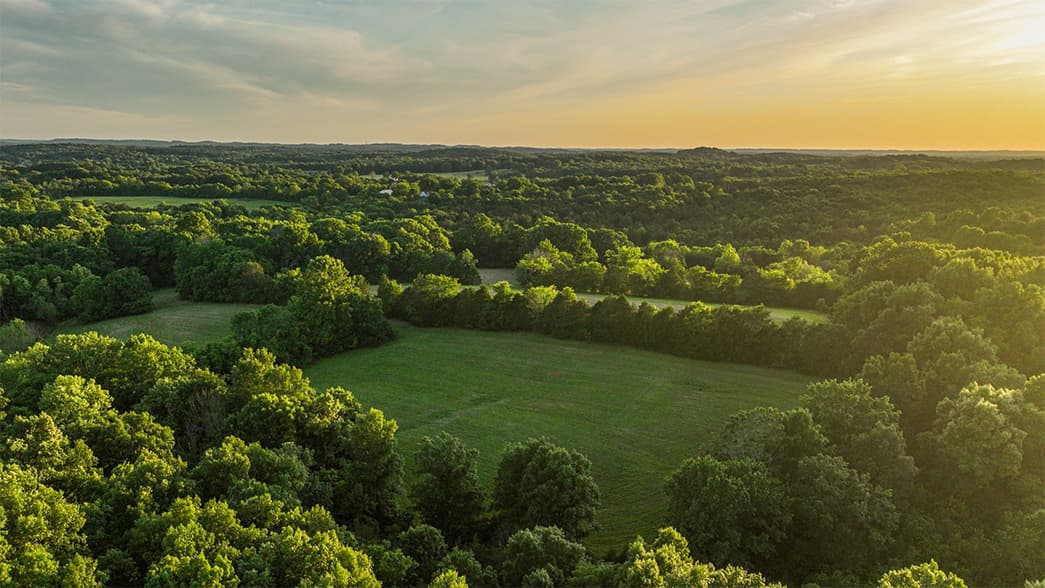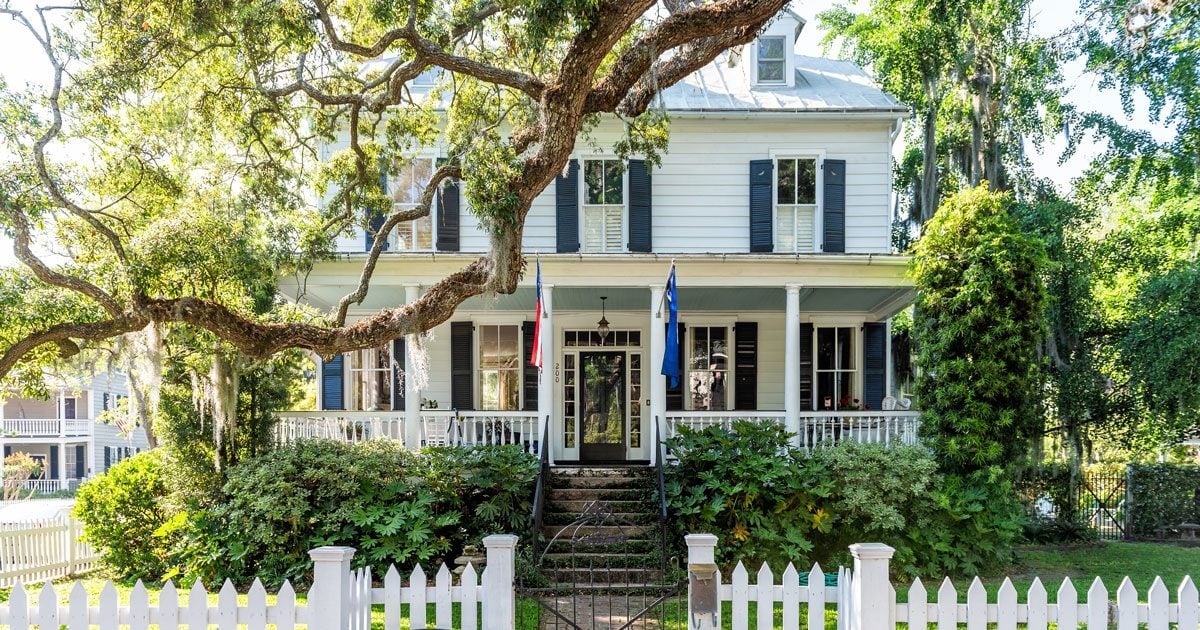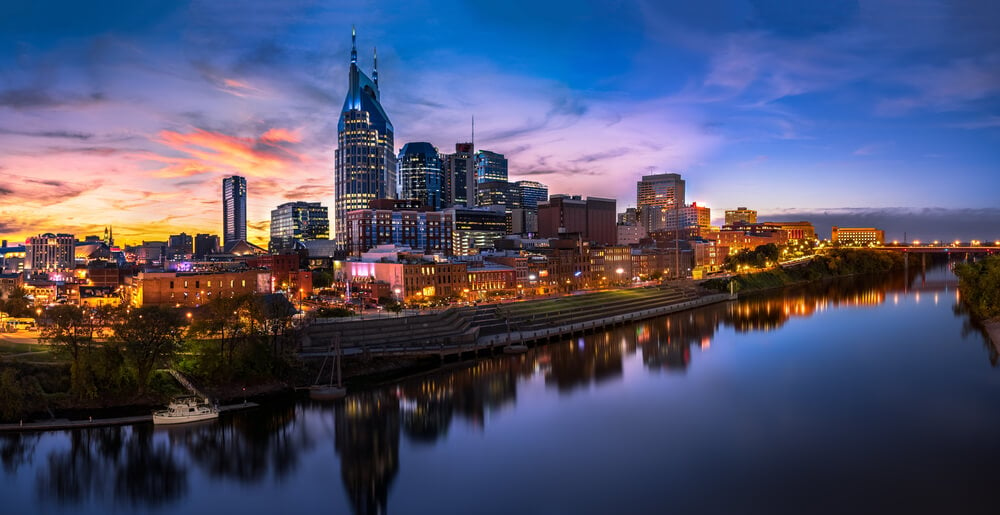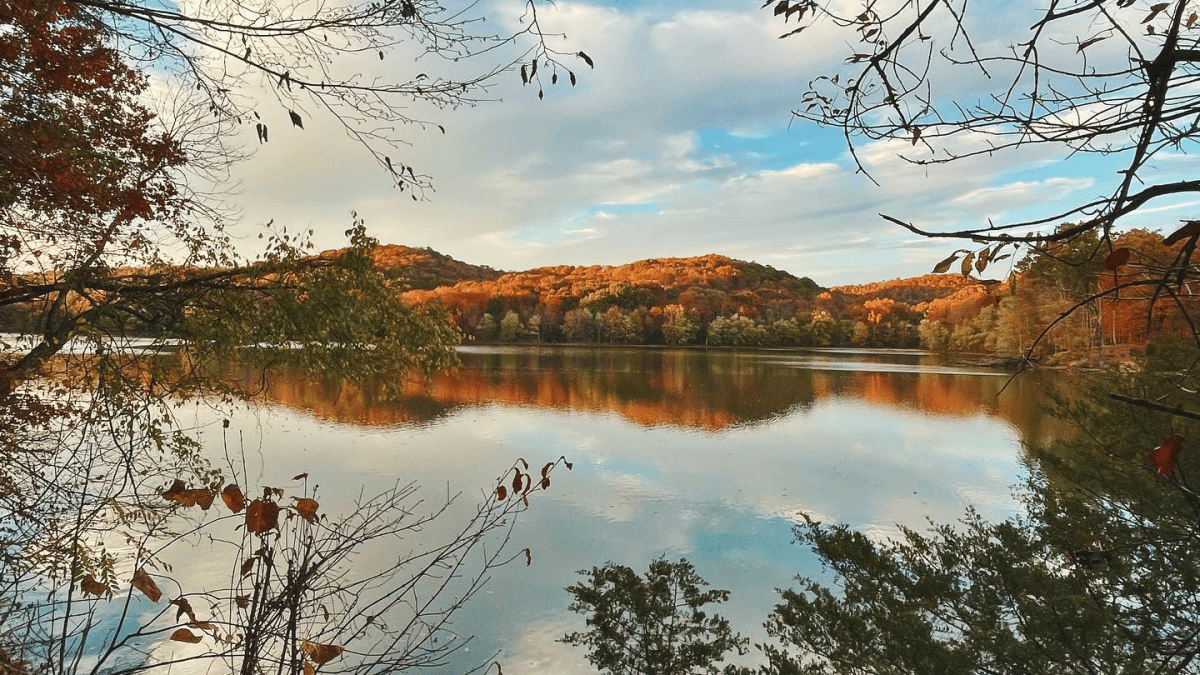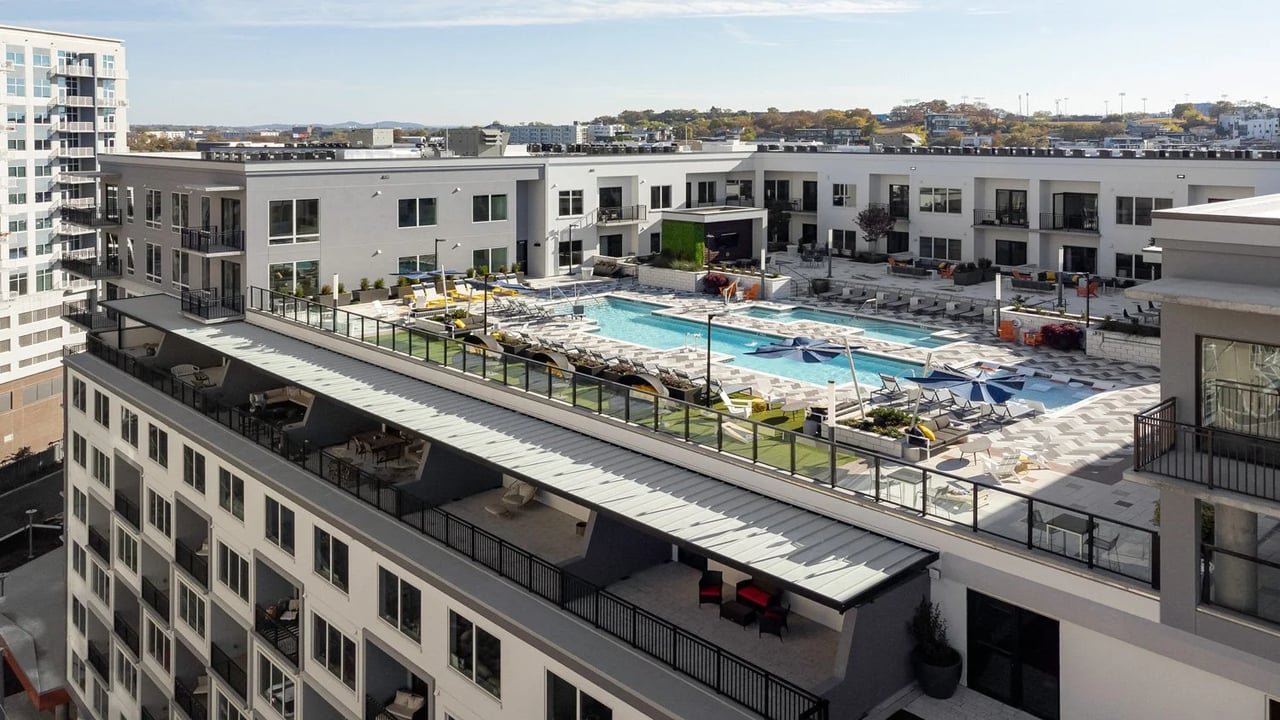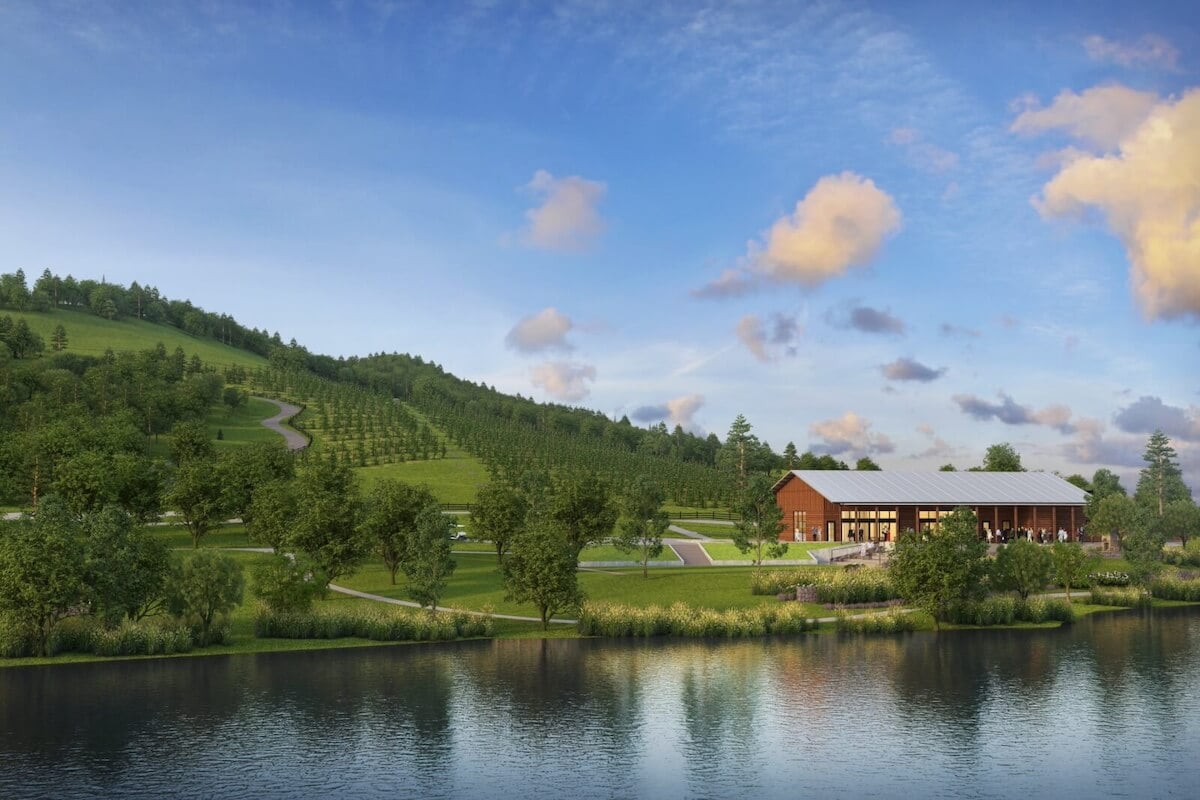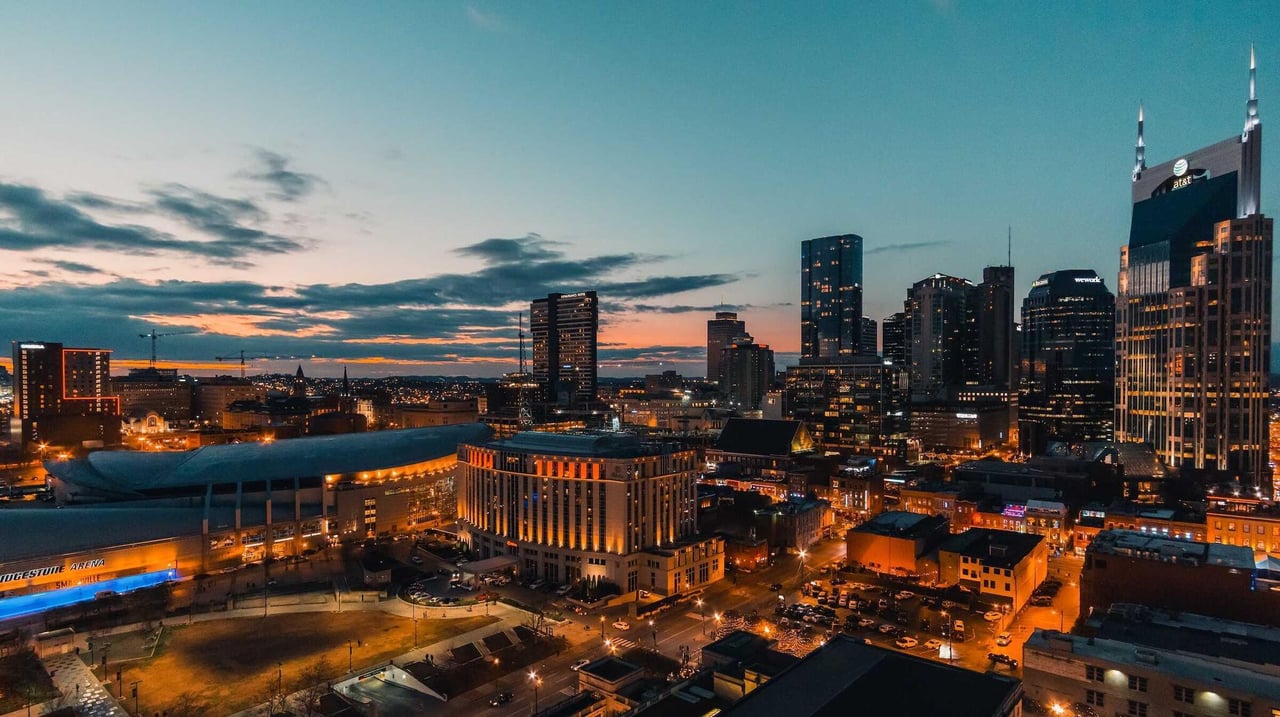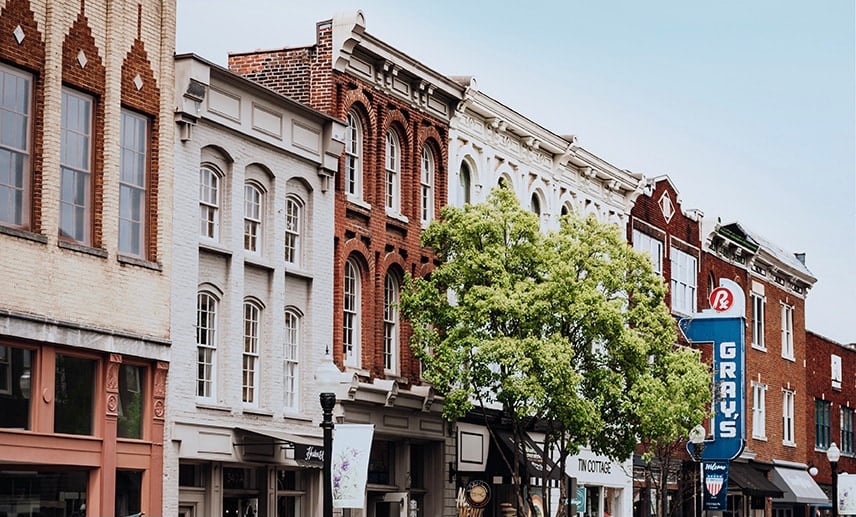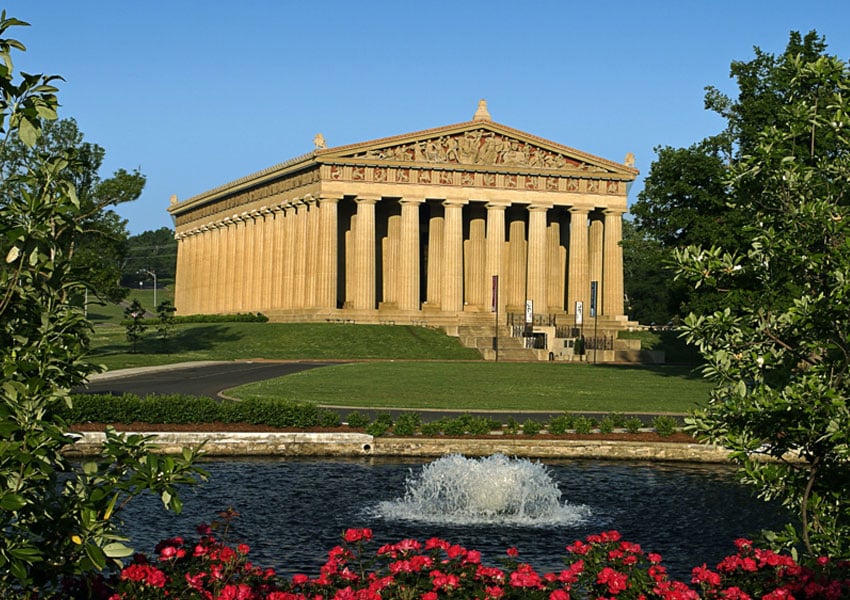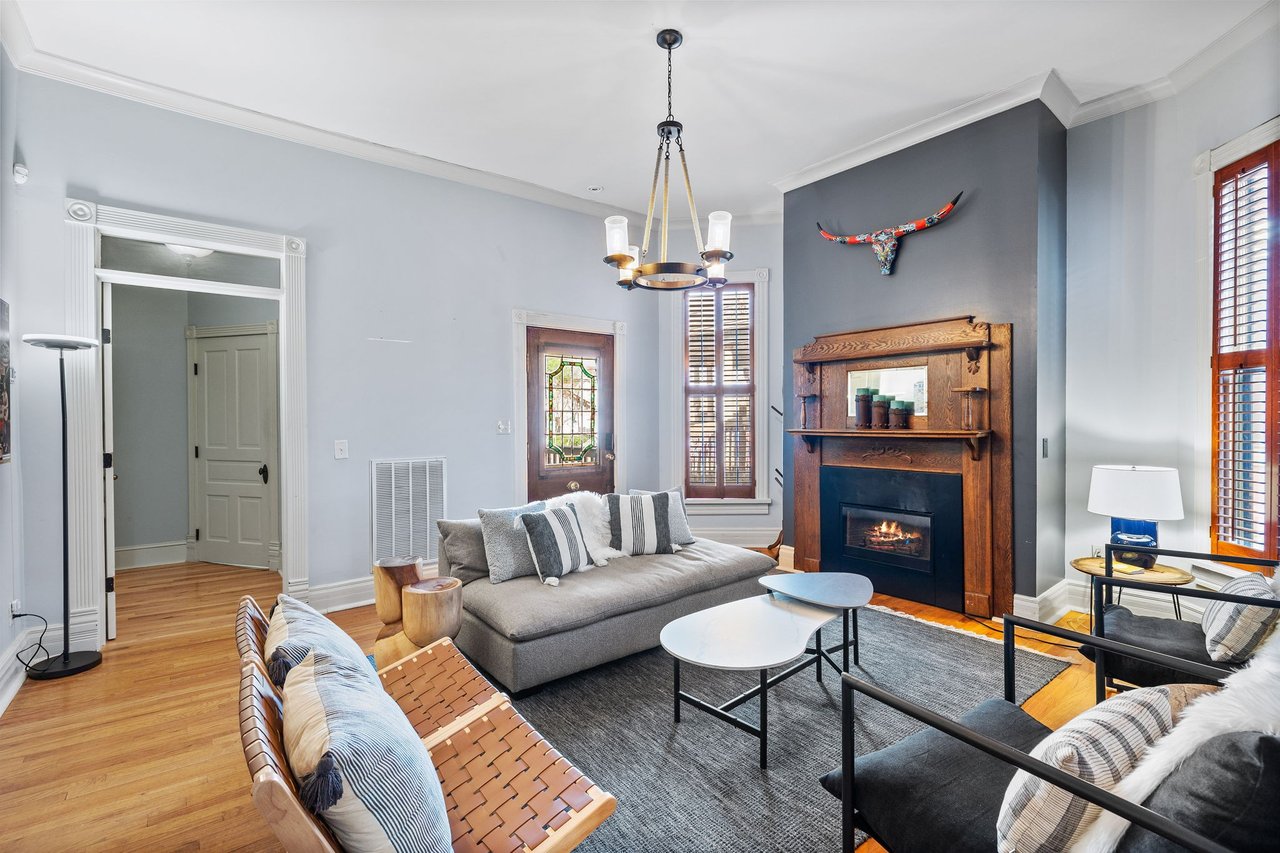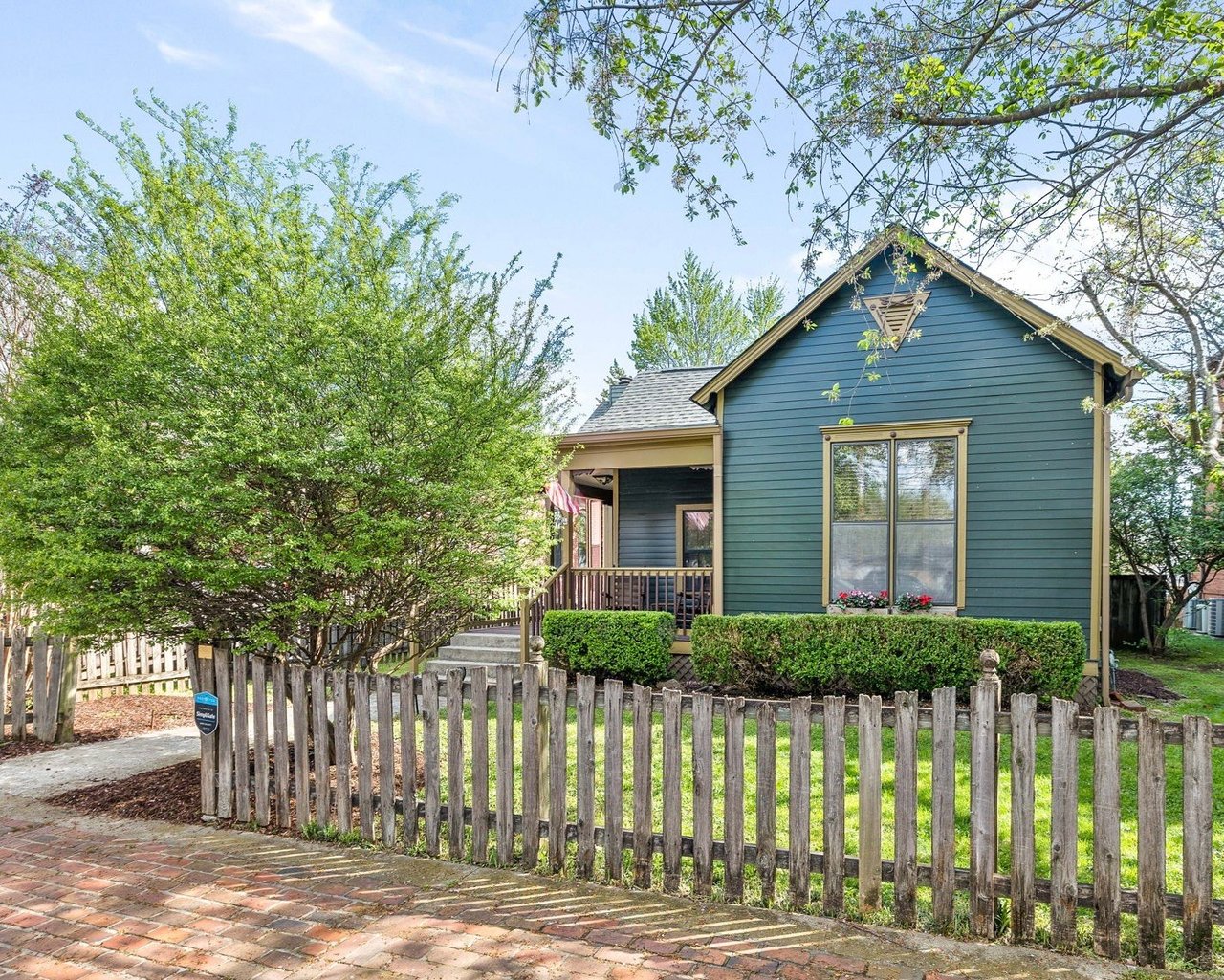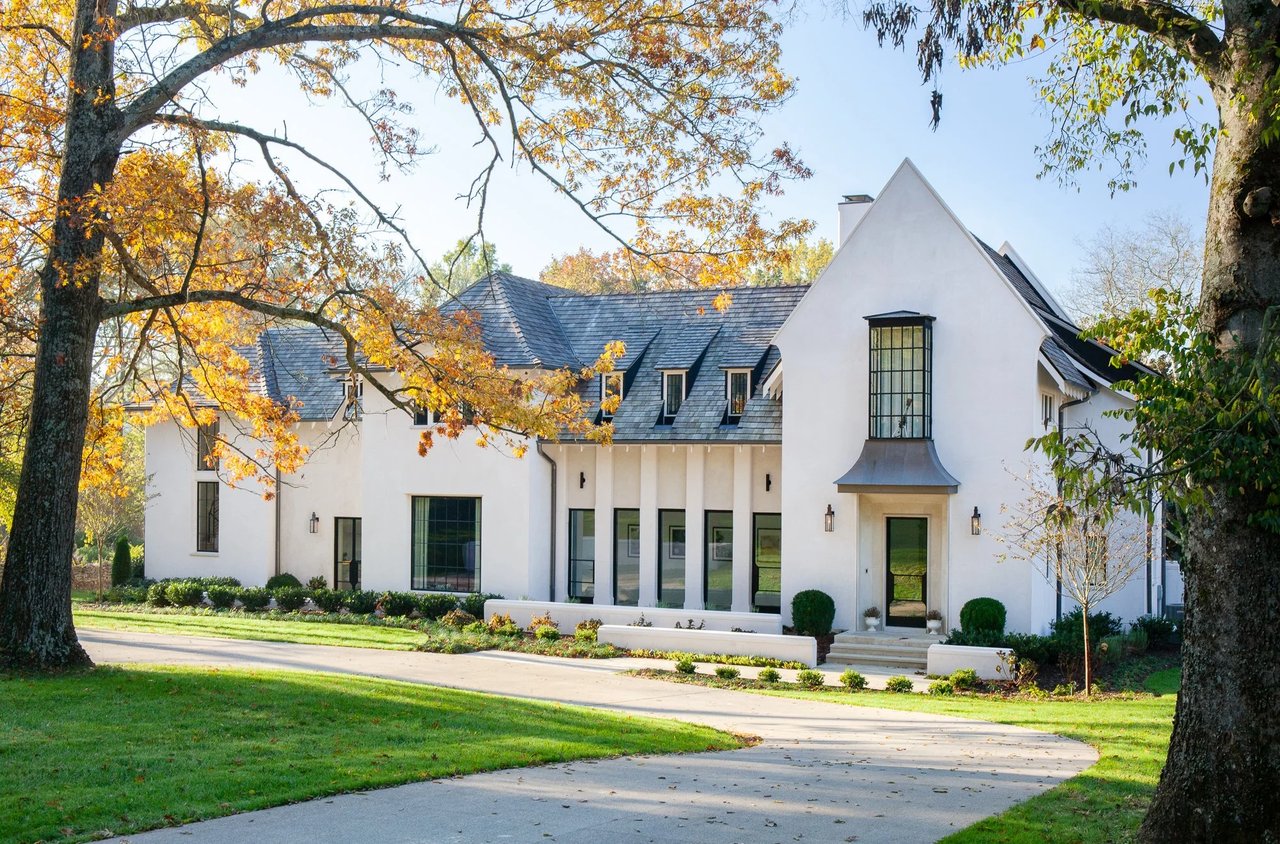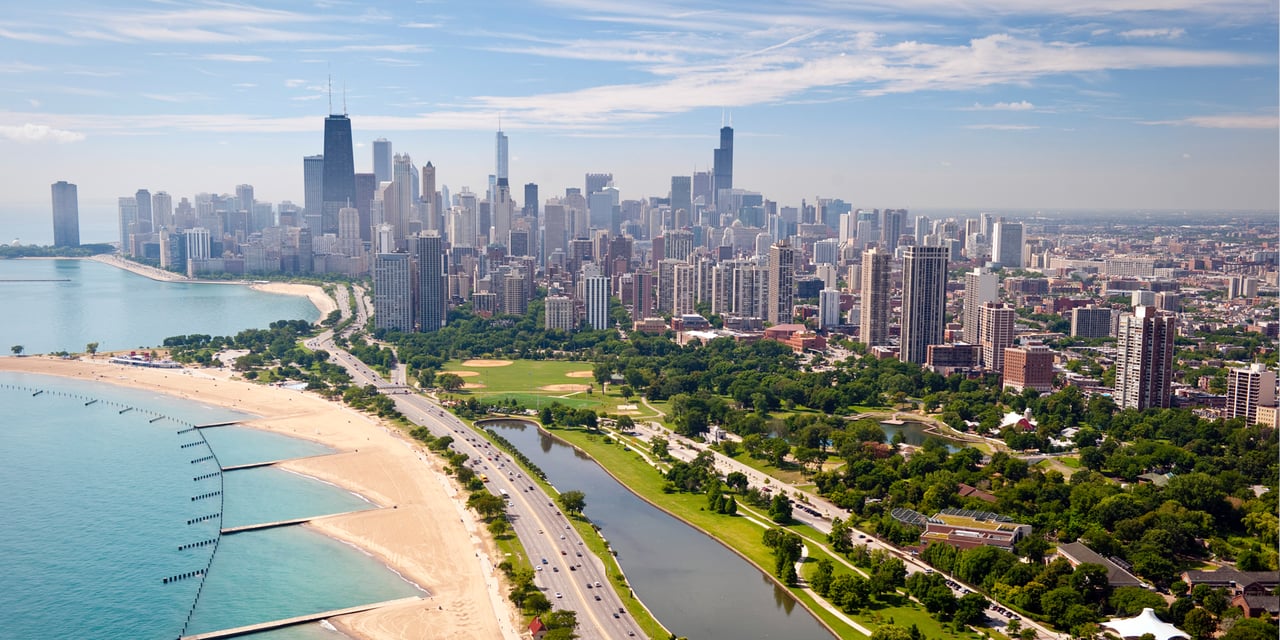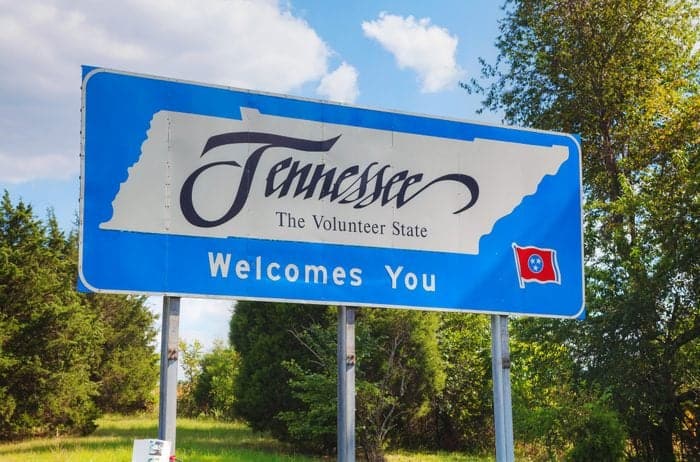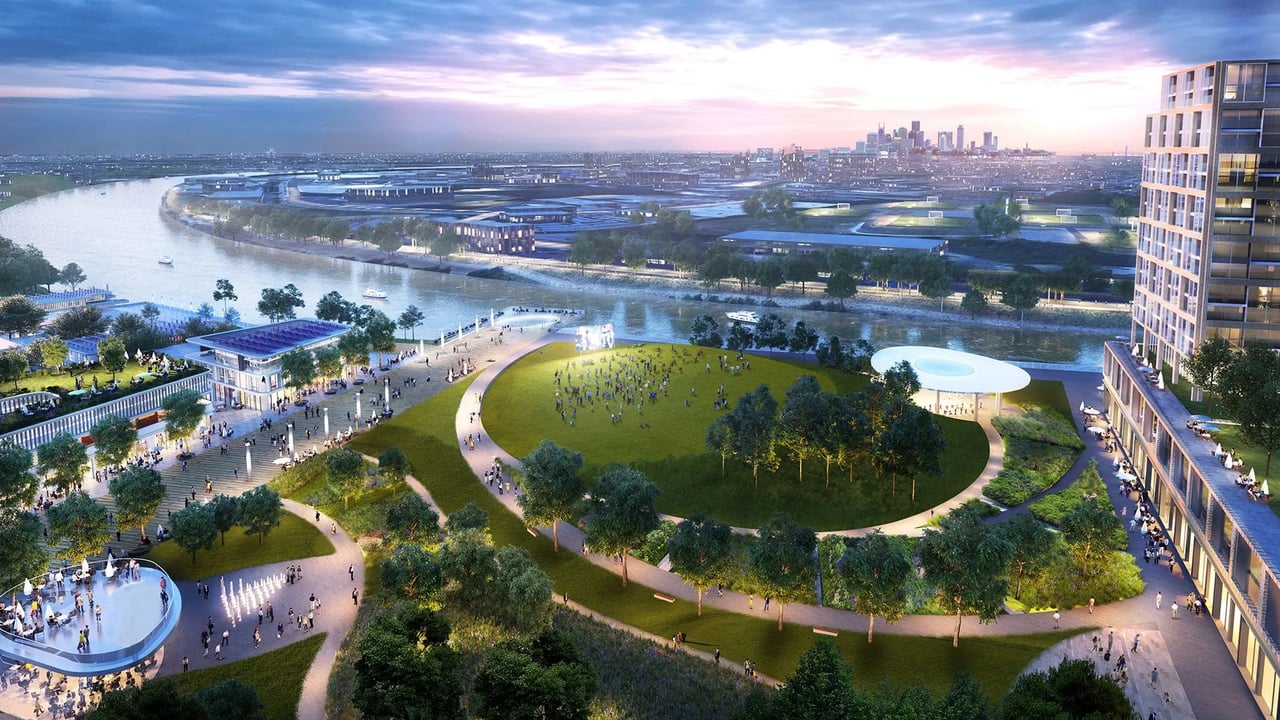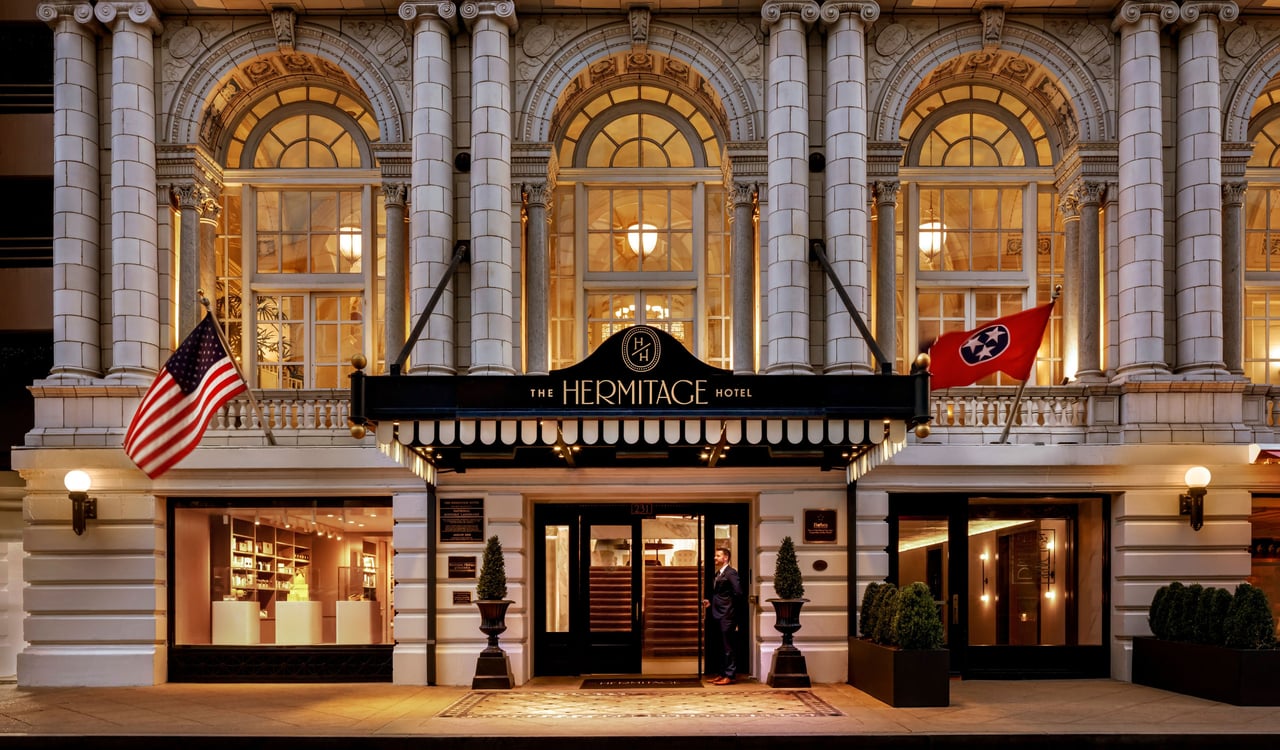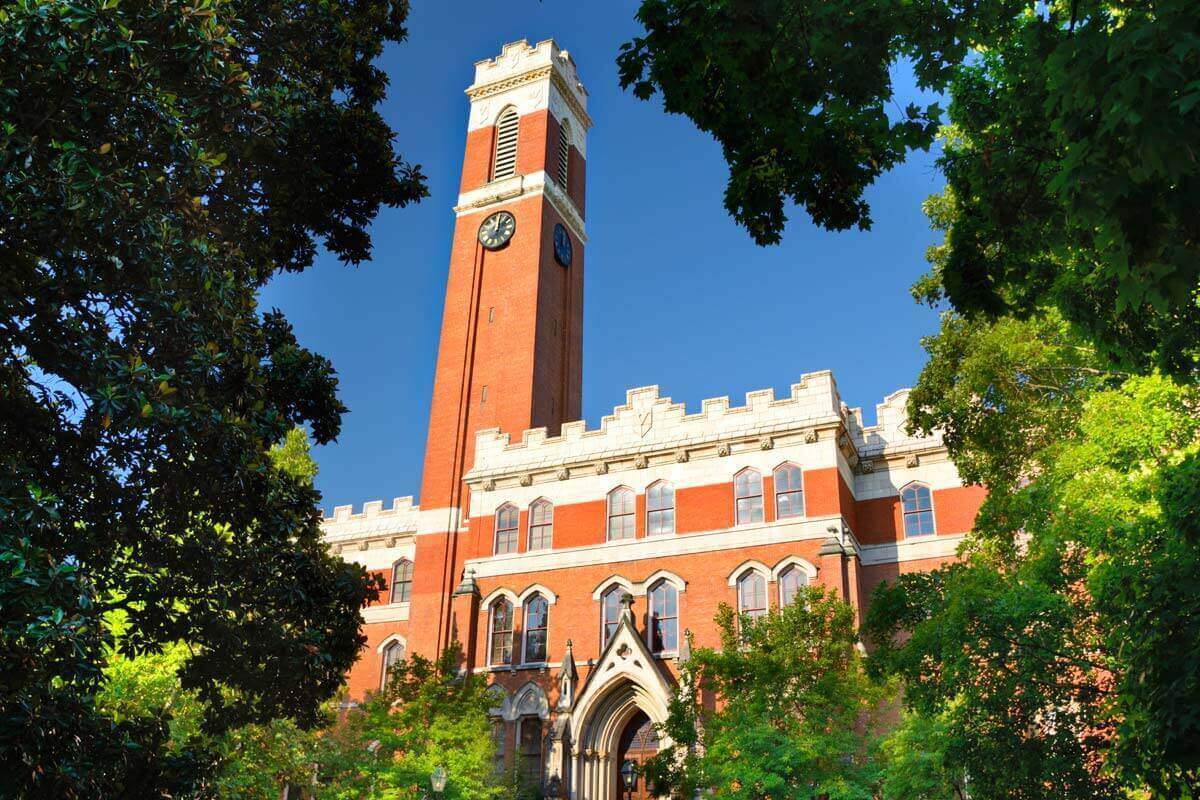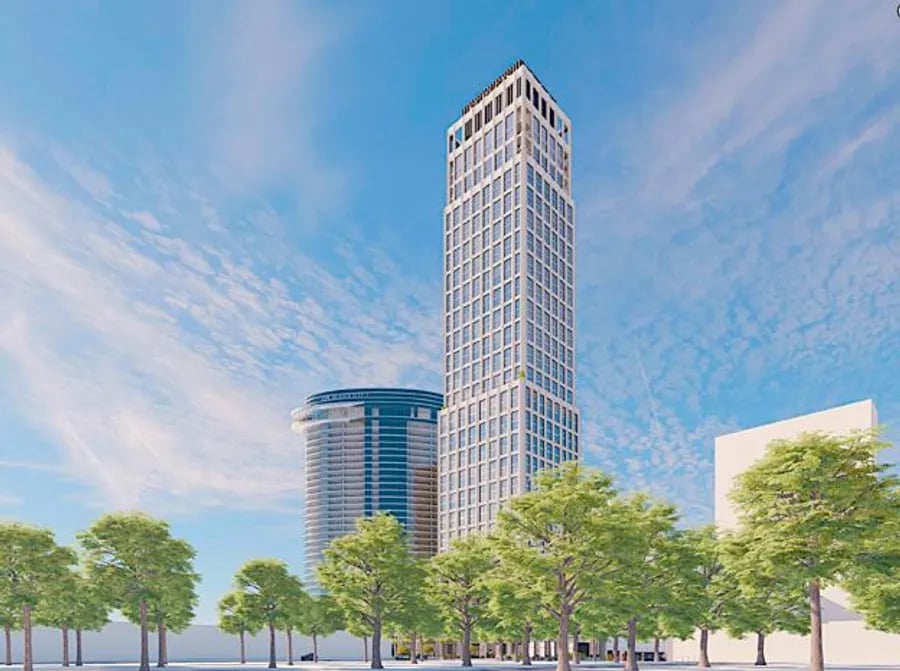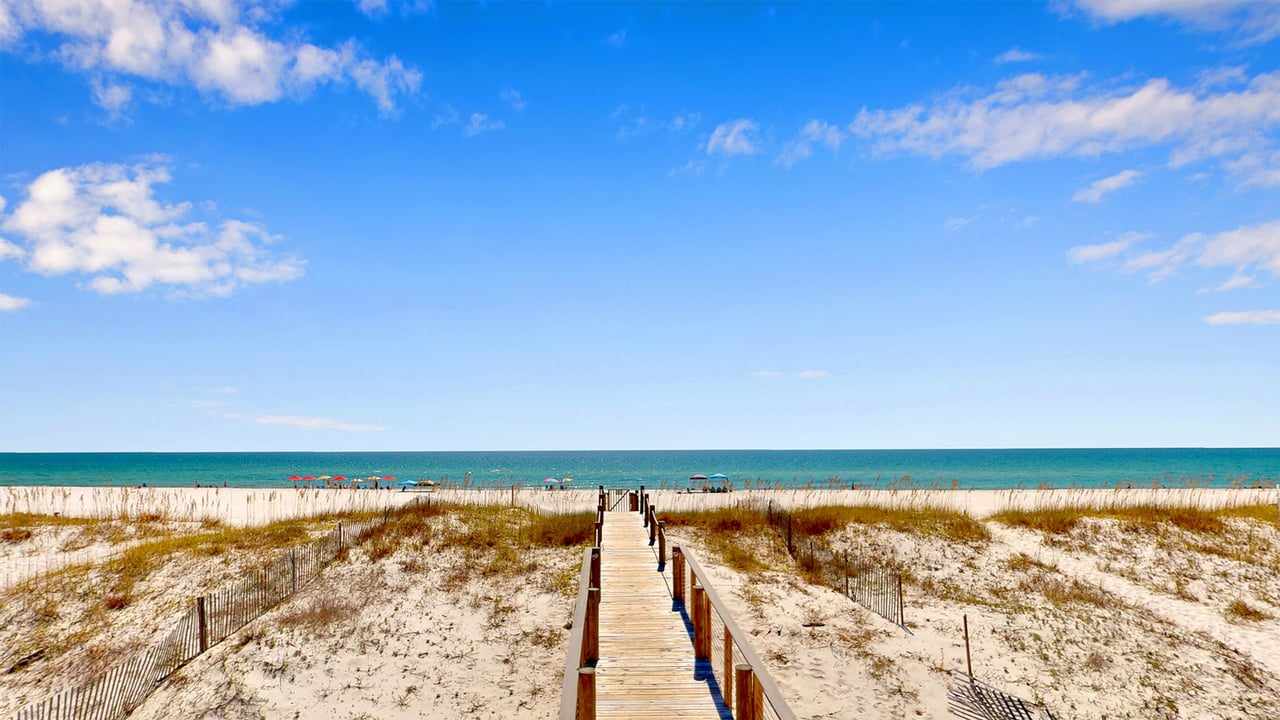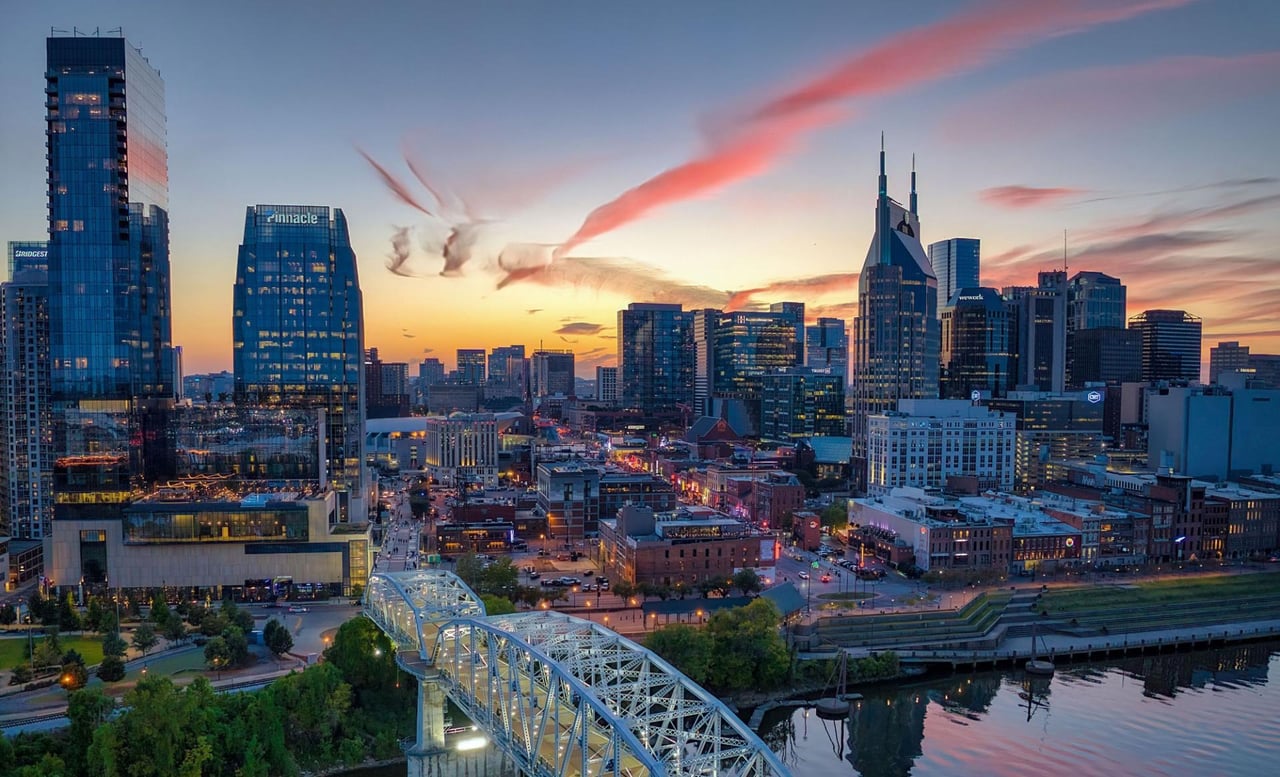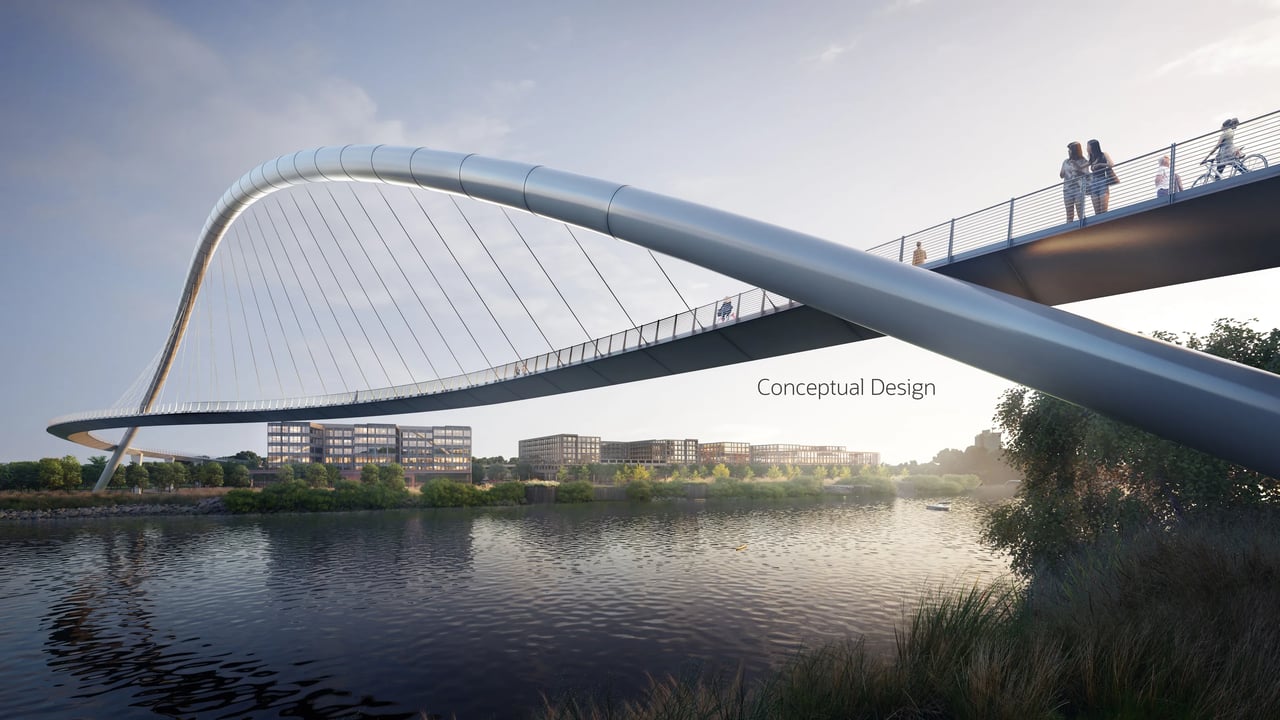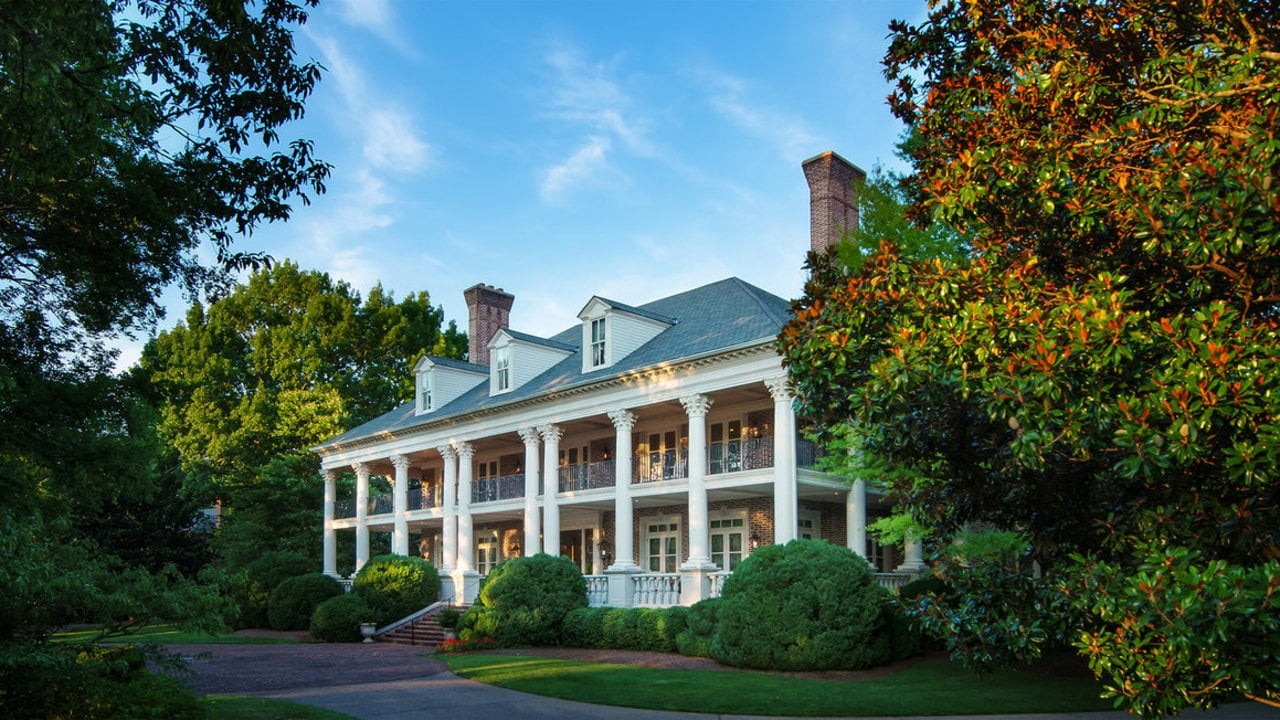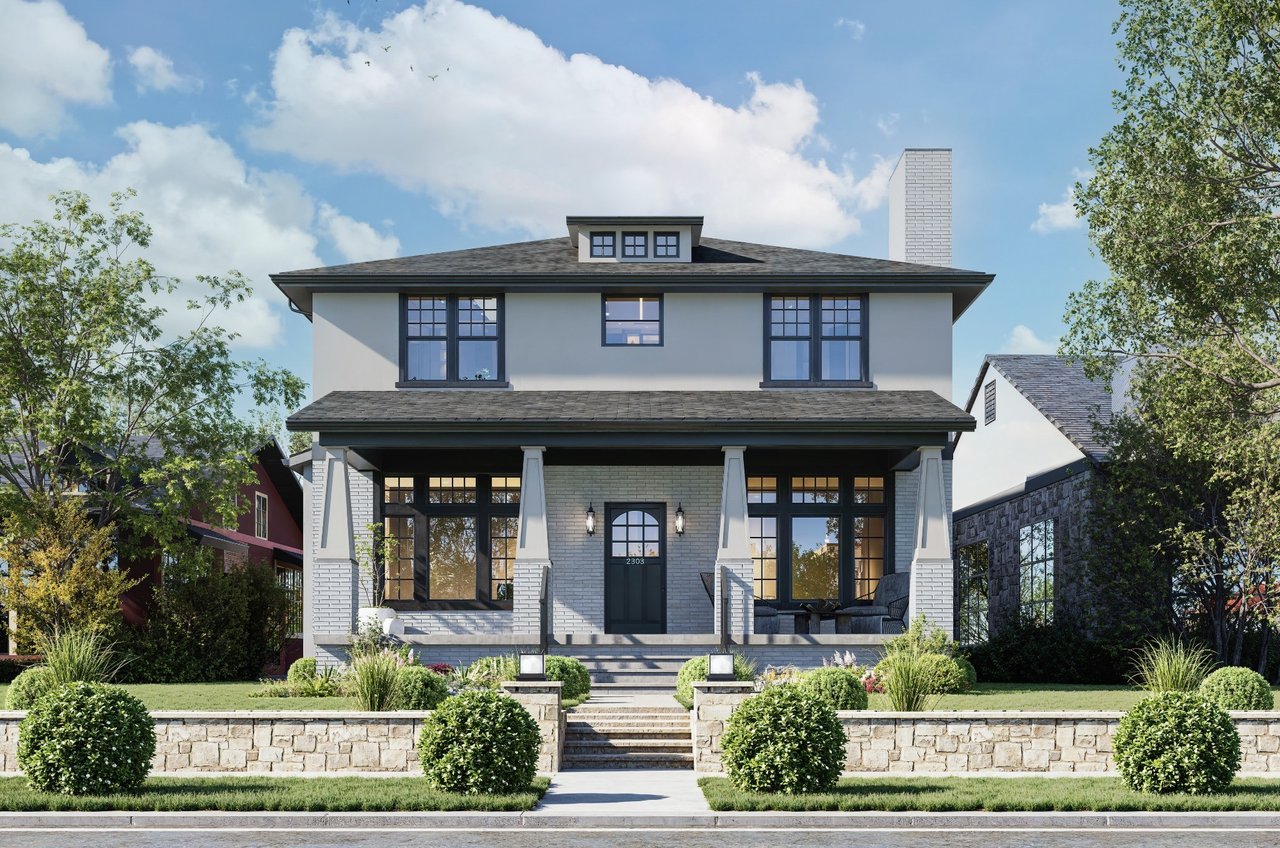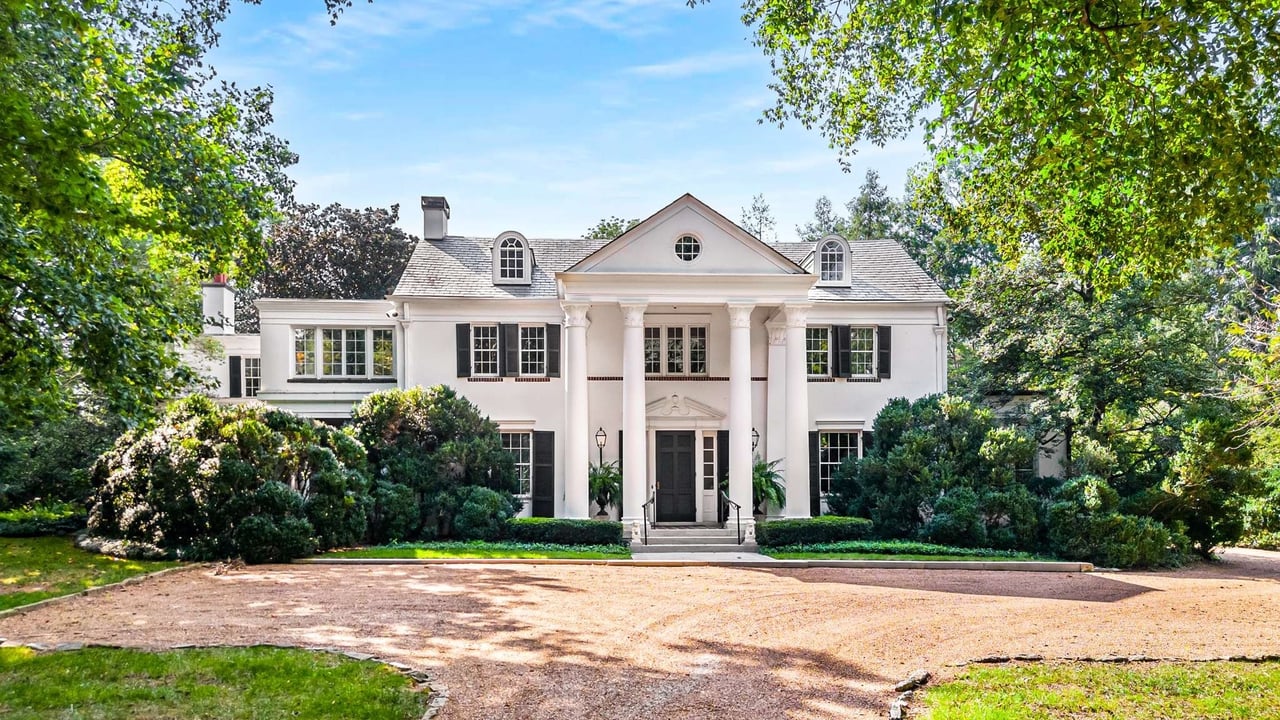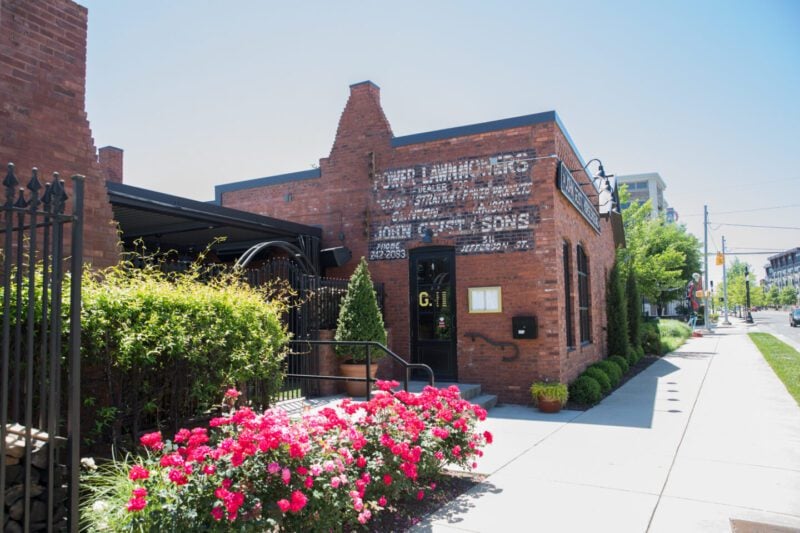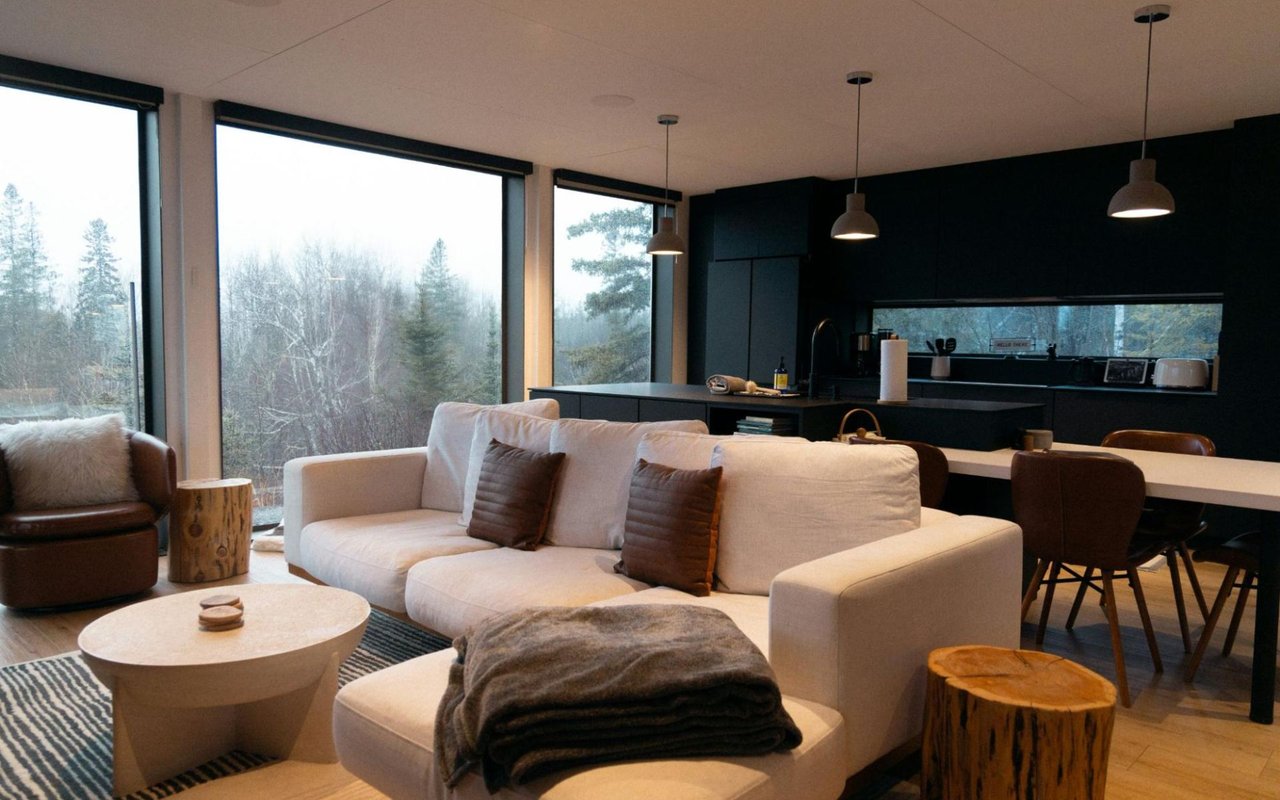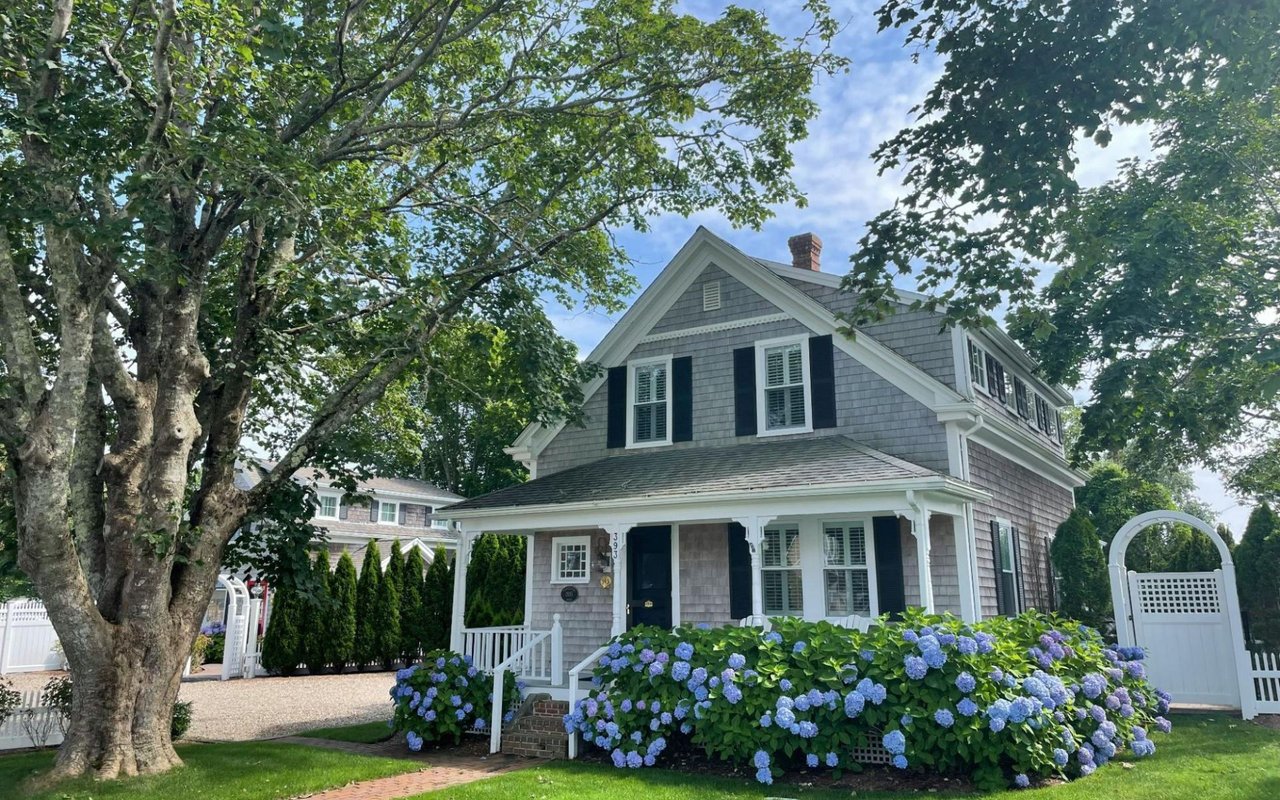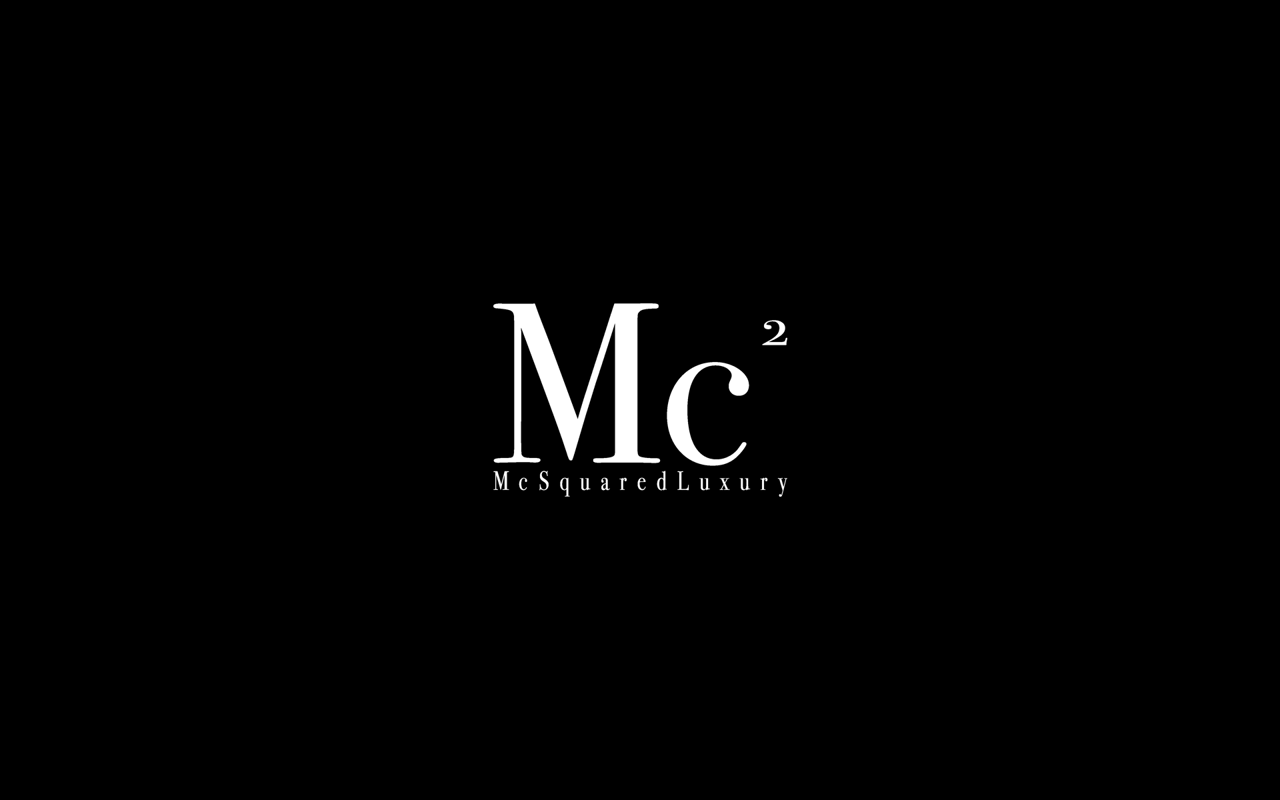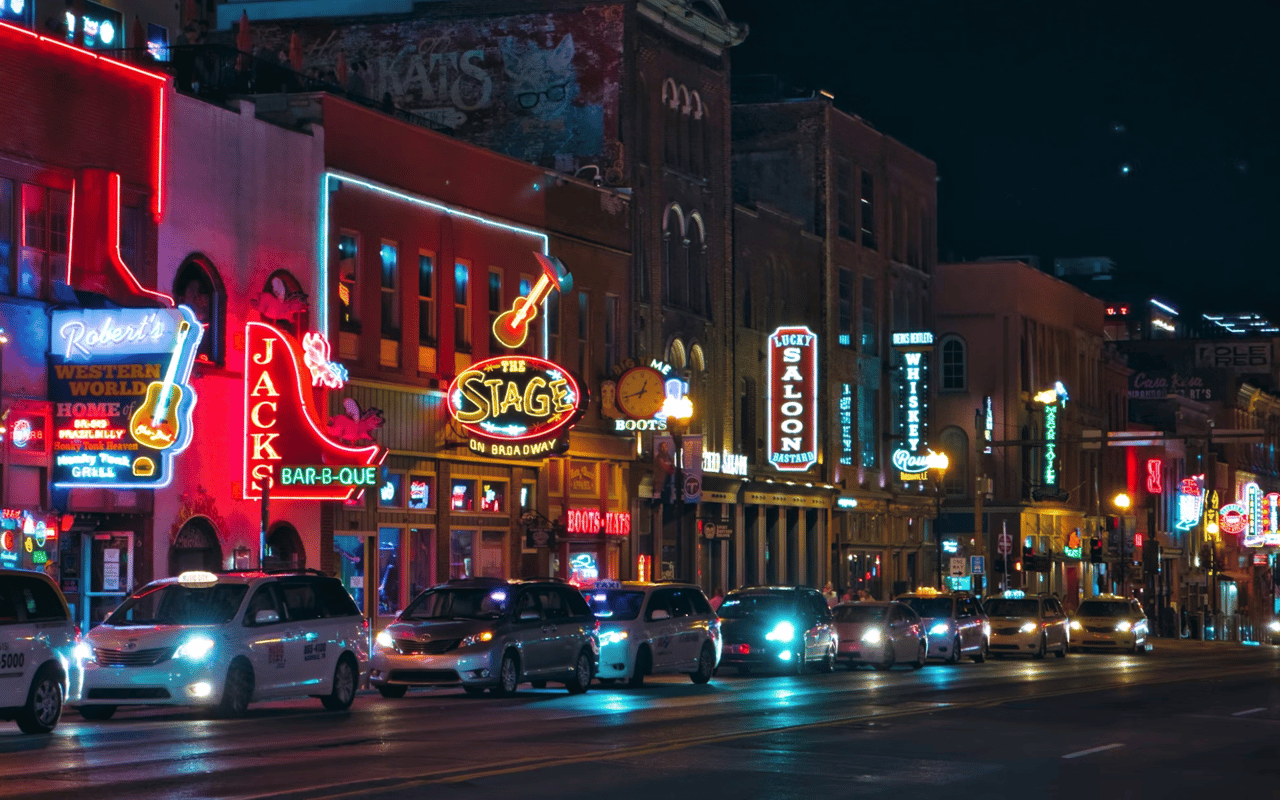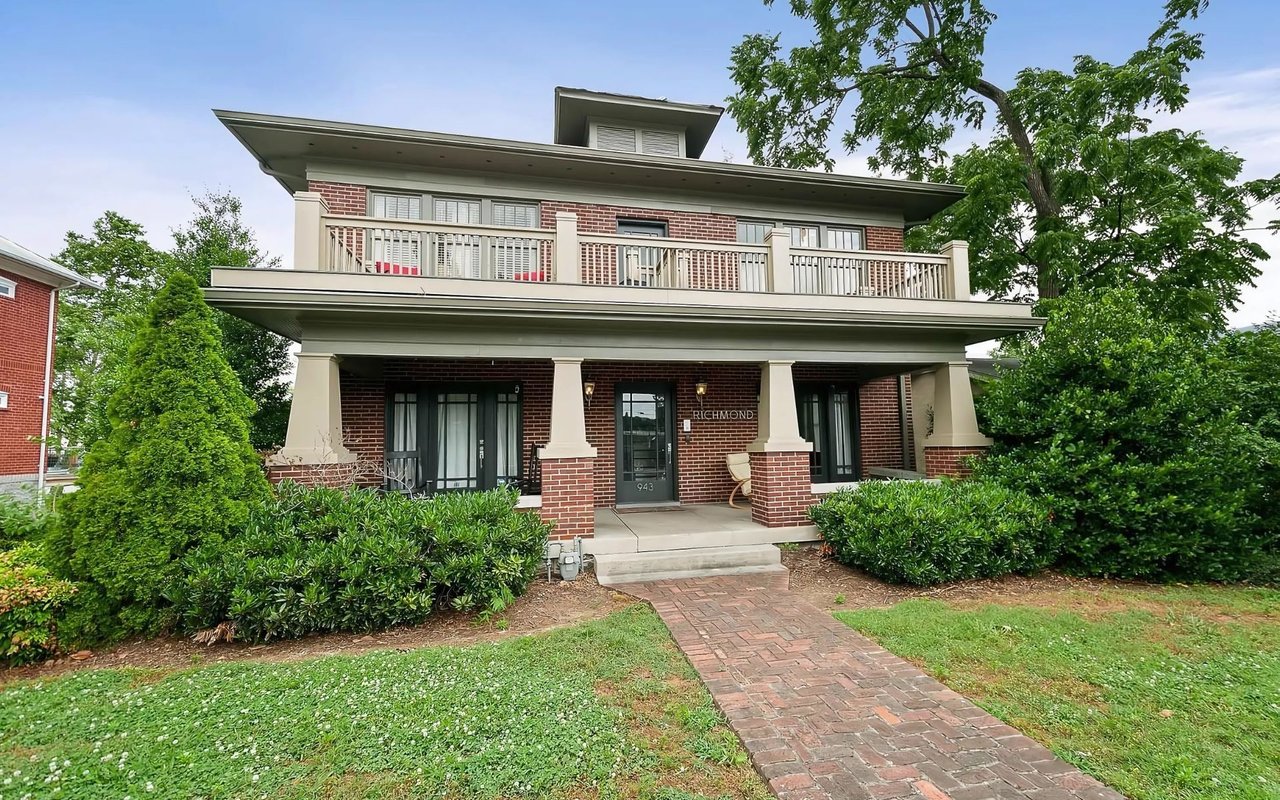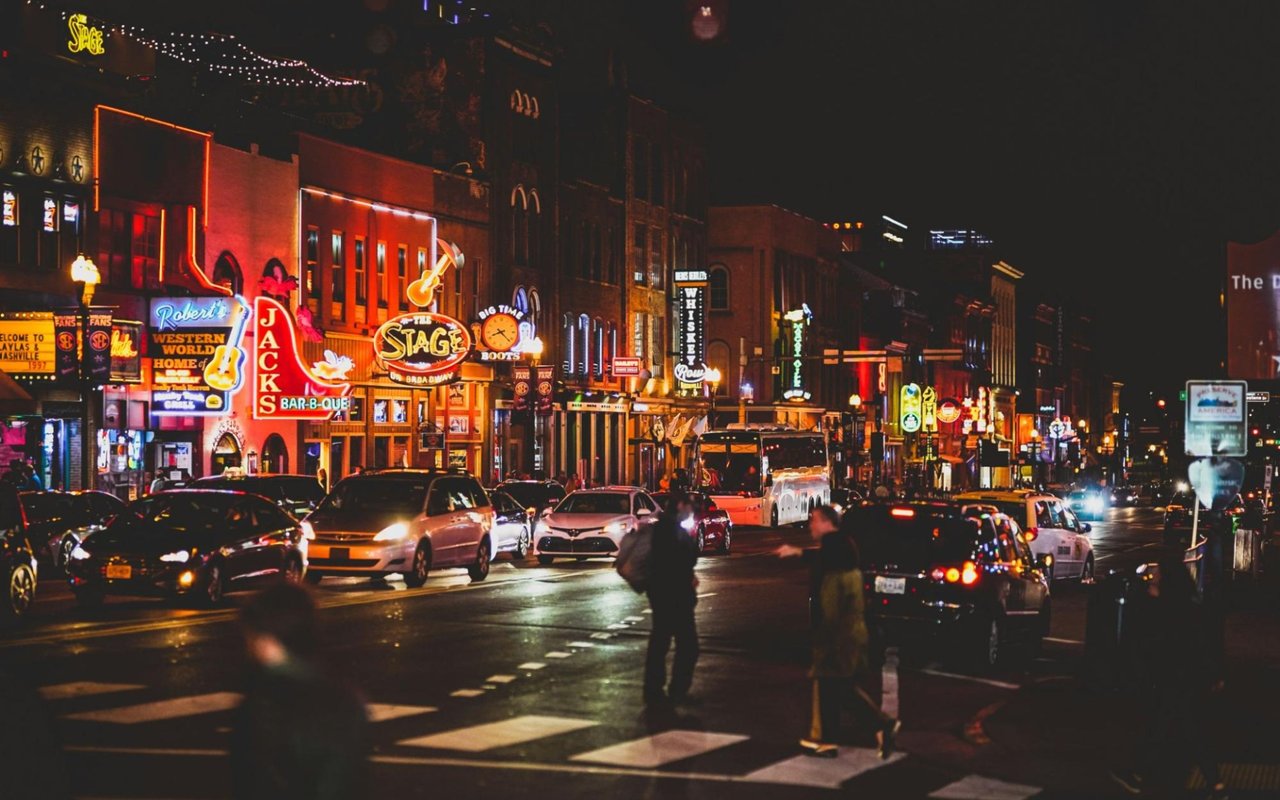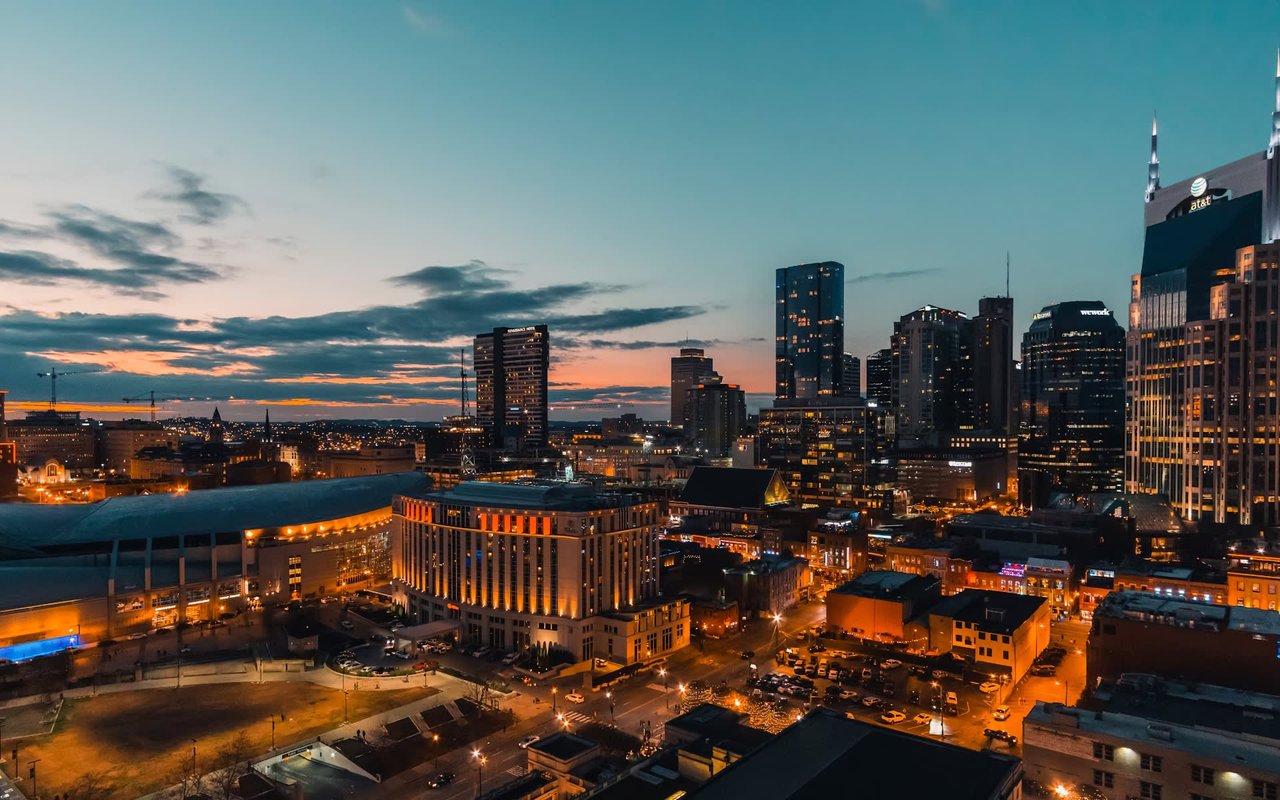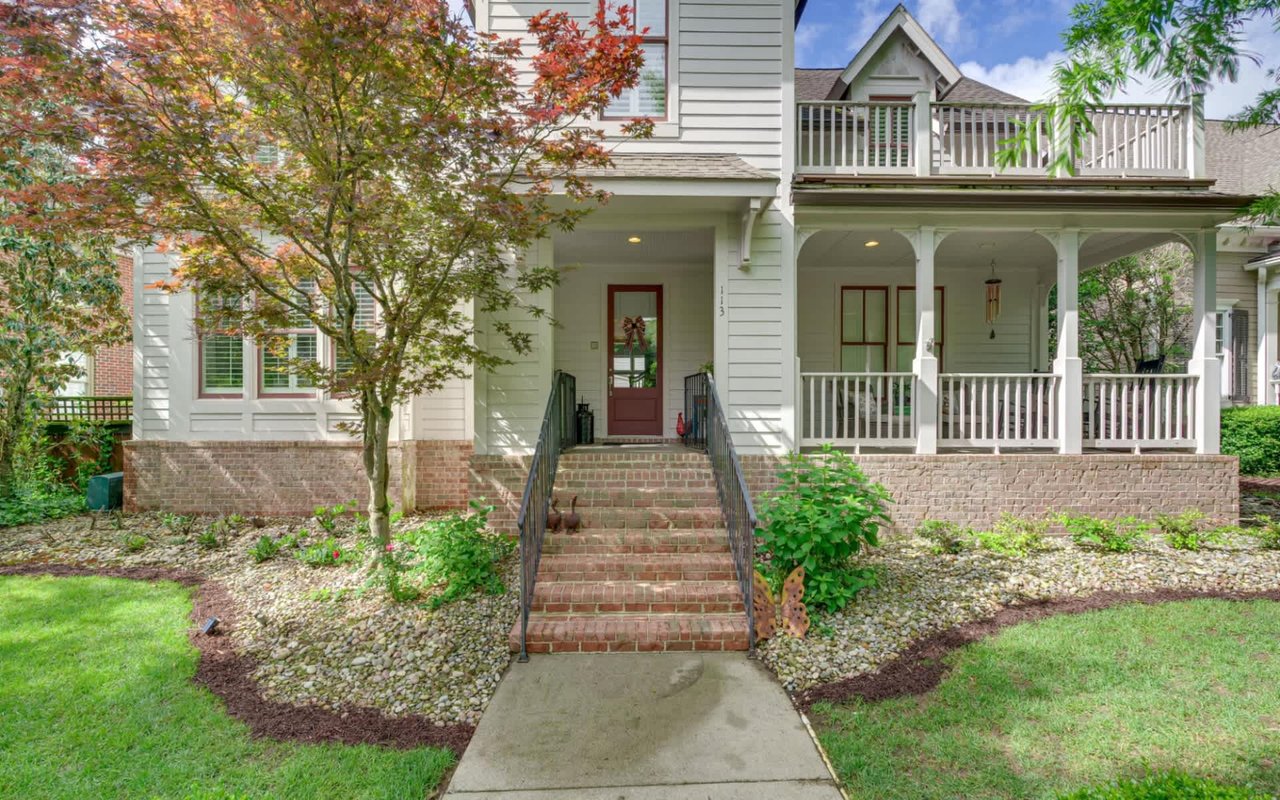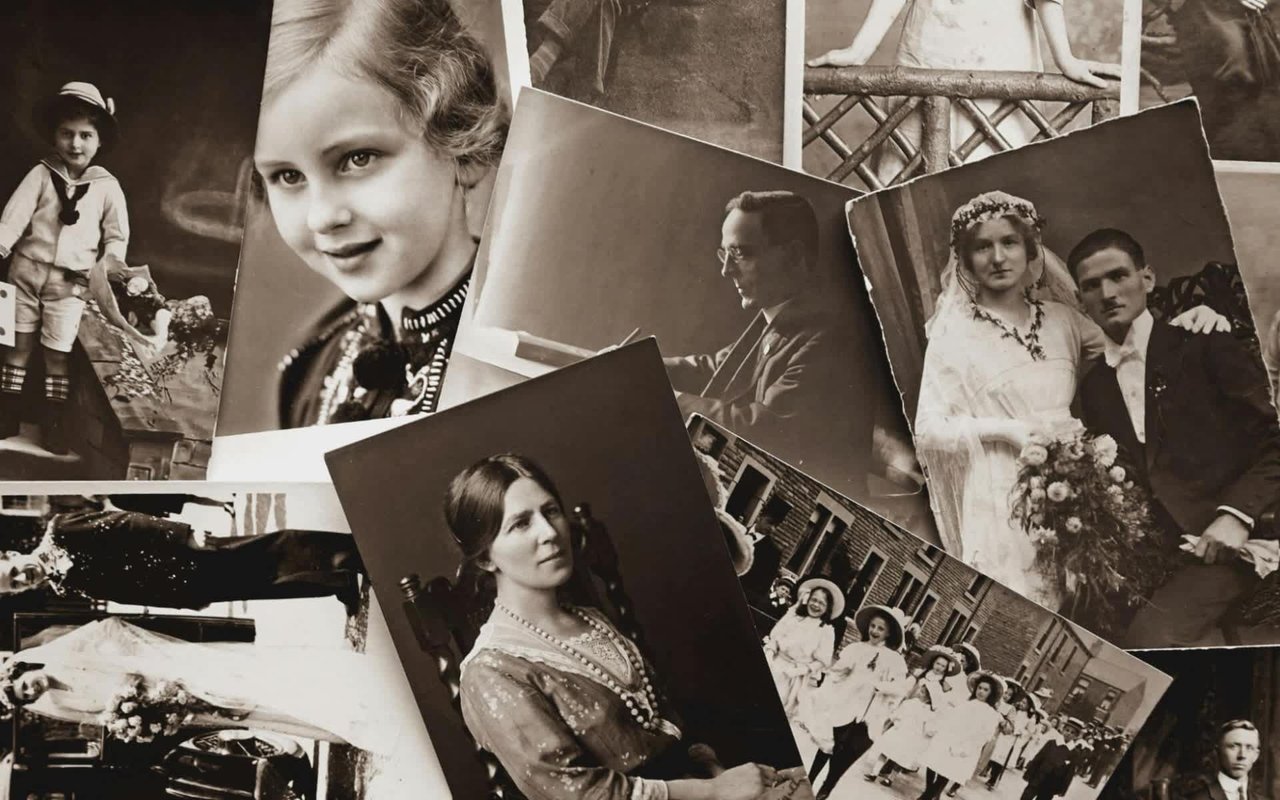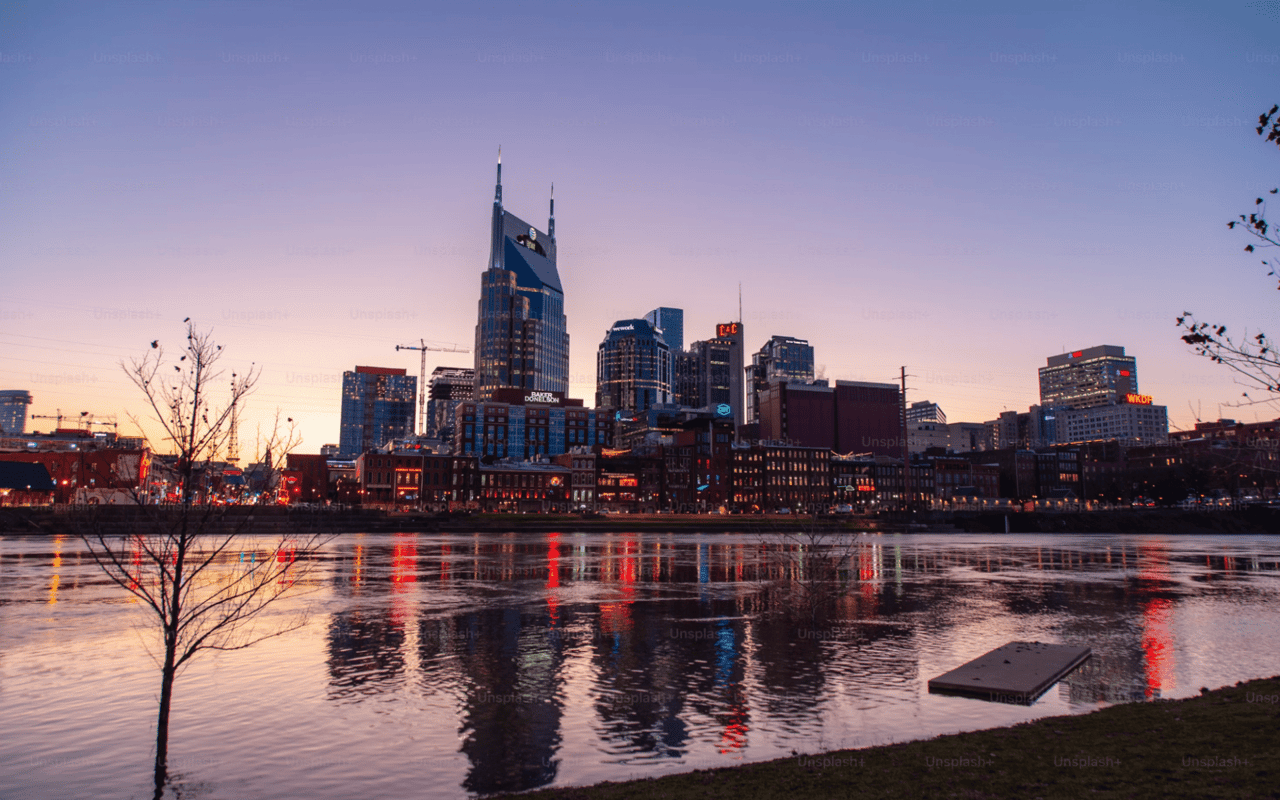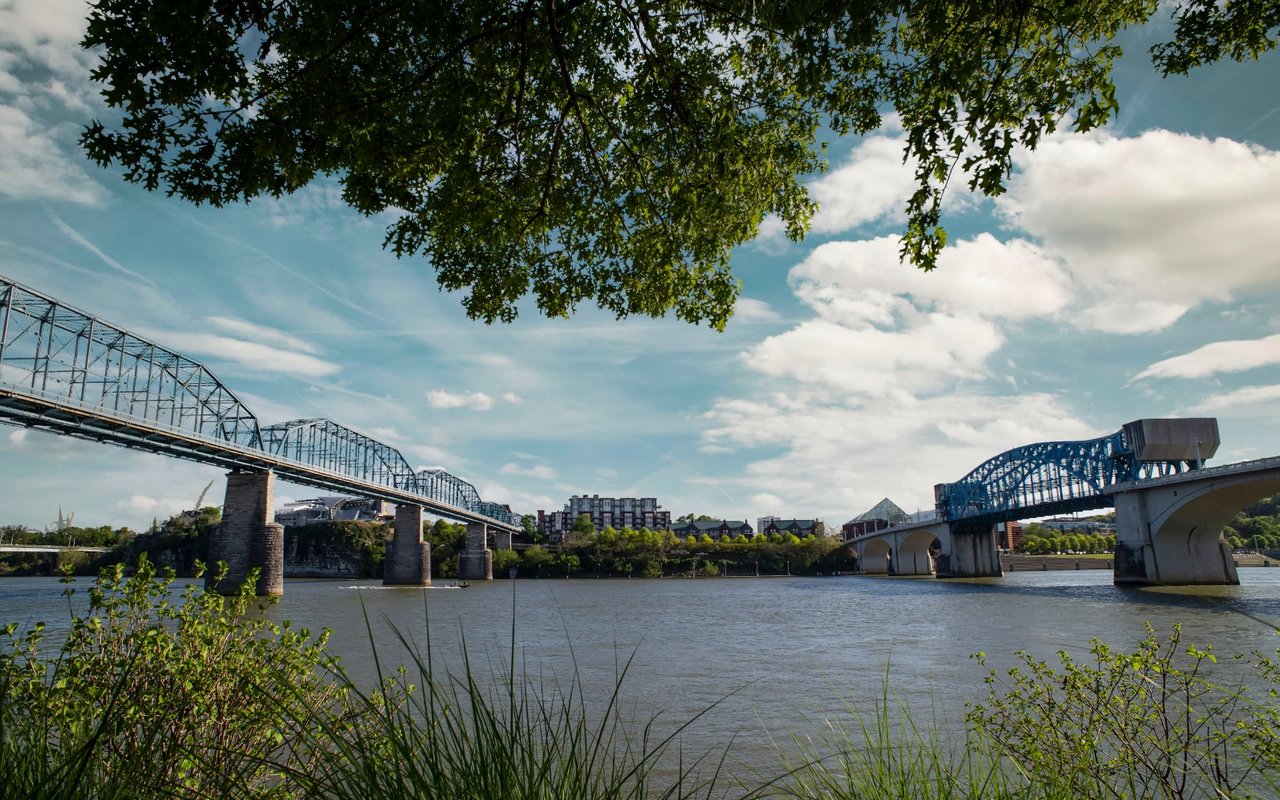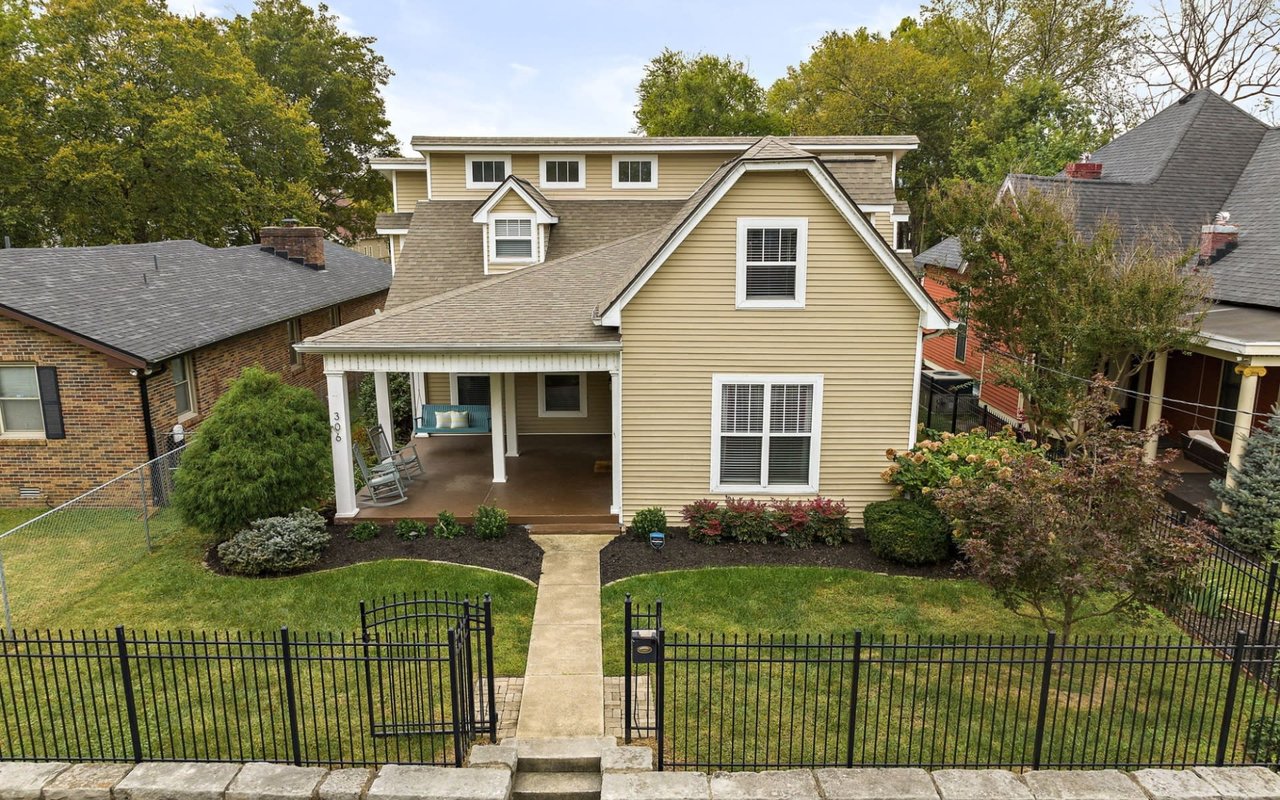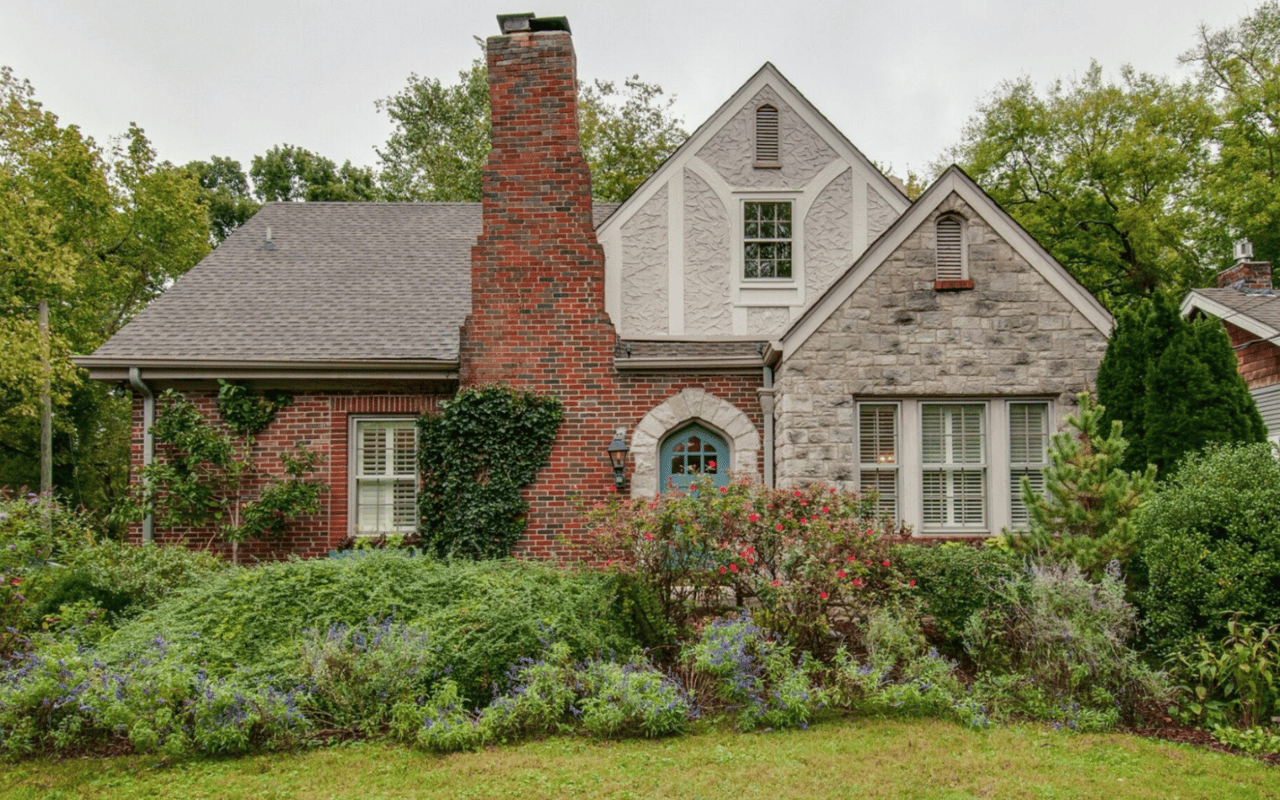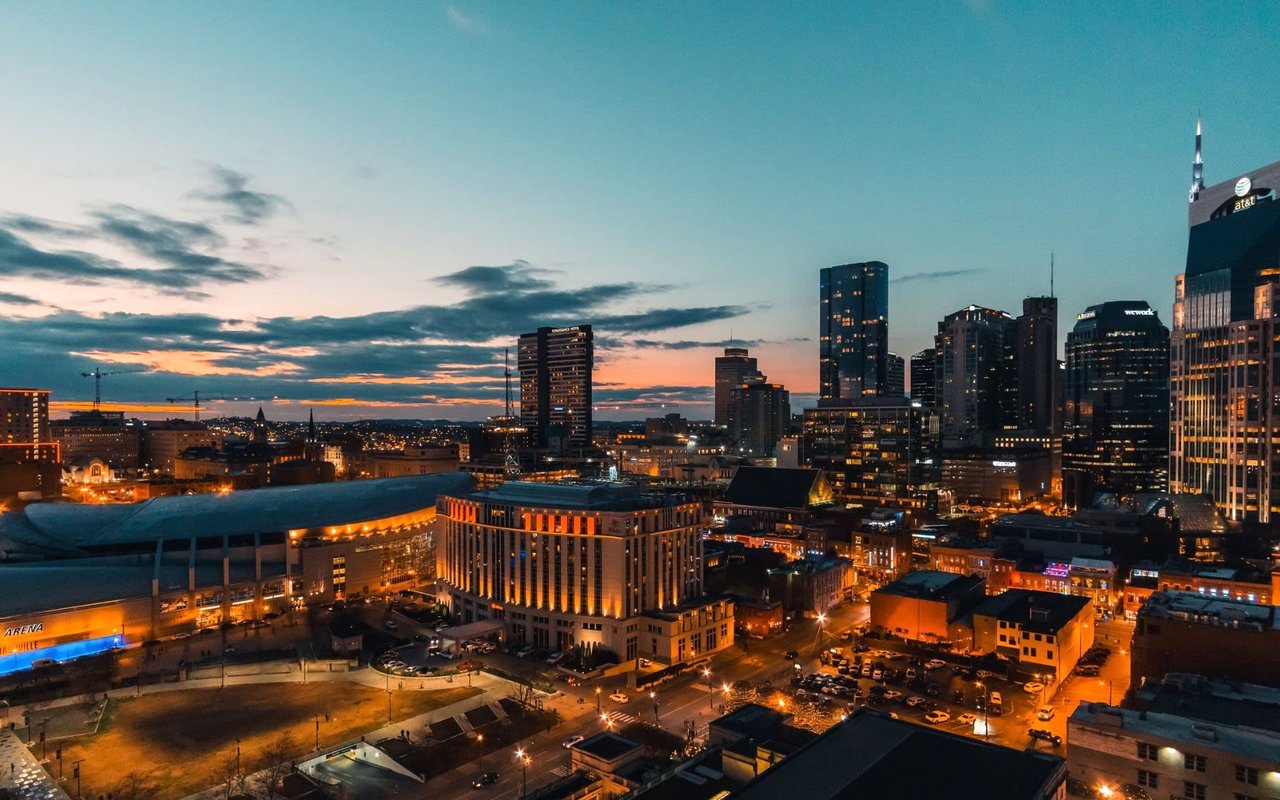The neighborhood of East Nashville has evolved over the years, transforming from its early days as a quaint residential area to one of Nashville's most dynamic and creative hubs. The appeal of living in East Nashville lies in its trendy restaurants, eclectic shops, and artsy vibe, as well as in how the area's history informs its present-day character. Whether you're drawn to the historic architecture, the vibrant cultural scene, or the strong community spirit, East Nashville is where the past and present create an extraordinary place to live.
The early days of East Nashville
Edgefield quickly became a desirable residential area, attracting prominent figures and affluent families who built grand homes along its tree-lined streets. One of the most influential figures in this period was Thomas E. Rains, a businessman and land developer who promoted Edgefield as a premier neighborhood. The development was bolstered by the construction of the Woodland Street Bridge in 1886, which provided a vital connection between East Nashville and downtown, facilitating commerce and growth.
A cultural renaissance
Music also played a pivotal role in the cultural evolution of East Nashville. The neighborhood has long been a haven for artists and musicians, contributing to Nashville's reputation as "Music City." Over the years, East Nashville has nurtured a thriving local music scene, with venues like The 5 Spot and Basement East becoming popular for live performances. The creative energy has attracted diverse artists and musicians to the area, further enriching its cultural landscape.
Architectural significance
Complementing the Victorian grandeur are the Craftsman bungalows that began to appear in the early 20th century. These homes embody the Arts and Crafts movement's emphasis on simplicity and quality craftsmanship, known for their low-pitched roofs, wide porches, and handcrafted stone or woodwork. Craftsman homes in East Nashville often feature spacious front porches that encourage neighborly interaction. In contrast, the mid-century homes built in the post-World War II era offer a more modernist approach to design, with clean lines, large windows, and open floor plans.
The Great Fire of 1916
The fire's impact was devastating. Entire neighborhoods were reduced to ashes, displacing thousands of residents and altering the fabric of the community. The once-thriving Edgefield neighborhood, known for its grand Victorian homes, was among the most brutal hit. The destruction of many historic structures was a profound loss for the community, materially and culturally.
The community's resilience shone through as residents reunited to reconstruct their neighborhoods. The rebuilding efforts were swift, and much of the area had been redeveloped within a few years. However, the new structures reflected the architectural trends of the time, with fewer Victorian homes and more Craftsman bungalows and mid-century designs taking their place.
The Great Fire of 1916 also changed the neighborhood's layout and infrastructure. Wider streets, more fire-resistant building materials, and improved urban planning became priorities in rebuilding, resulting in a slightly different look and feel to the post-fire East Nashville. The fire's legacy is still visible today in the contrast between the older homes that survived and the newer structures that rose in their place.
Modern-day renaissance
Cultural events and festivals have also played a significant role in shaping East Nashville's modern identity. The Tomato Art Fest, held annually in August, has become one of the city's most beloved events, celebrating the neighborhood's quirky and creative spirit. Live music venues, such as The 5 Spot and Basement East, continue to foster the area's reputation as a hub for musicians and artists, making East Nashville a cultural hotspot within Nashville's broader music scene. This revitalization has enhanced residents' quality of life and solidified East Nashville's reputation as a dynamic and forward-thinking community.
Preservation efforts
The city of Nashville has also contributed to preservation through the establishment of historic overlays. These overlays provide legal protections for specific areas, ensuring that any new construction or renovation projects are in keeping with the neighborhood's historic character. It has been imperative in areas like Five Points, where historic commercial buildings have been preserved and repurposed for modern use.
Ongoing initiatives, such as the East Nashville Preservation Fund, provide financial assistance to homeowners seeking to restore and maintain their historic properties. This fund has been a crucial resource in ensuring that the neighborhood's architectural heritage is preserved and celebrated by the community.
